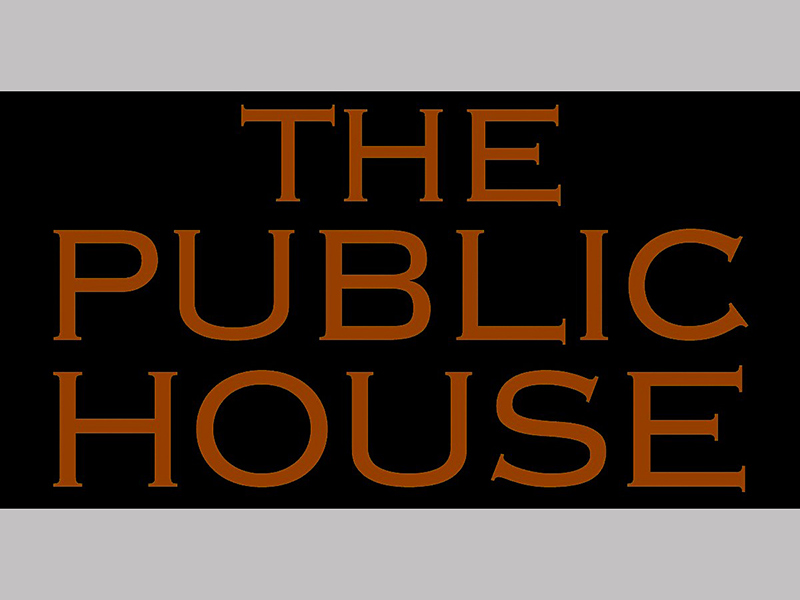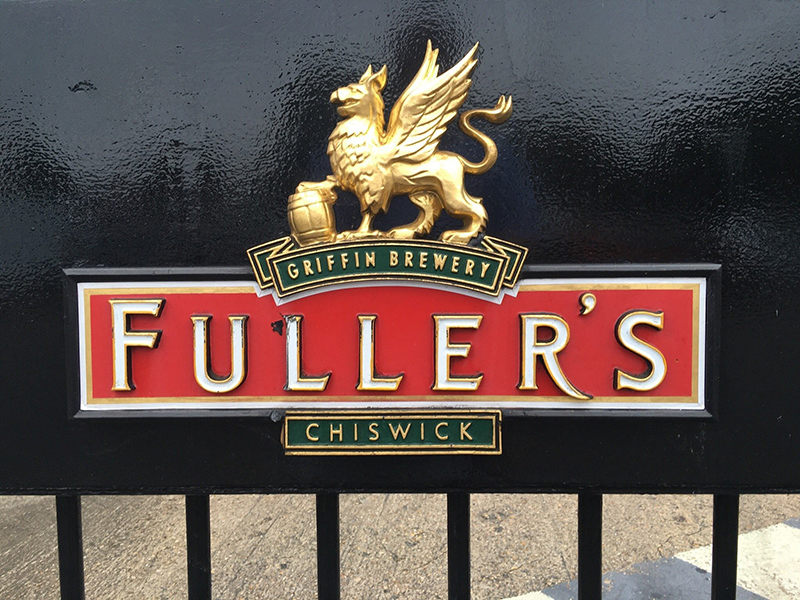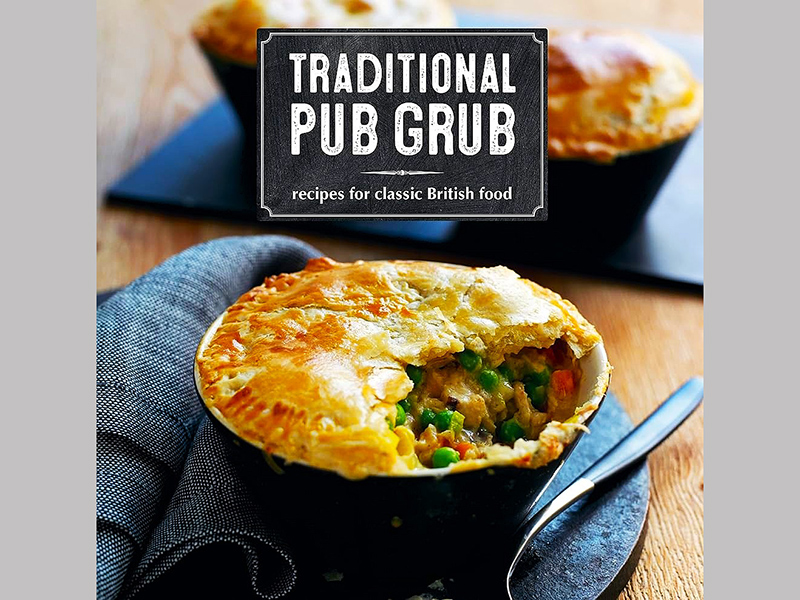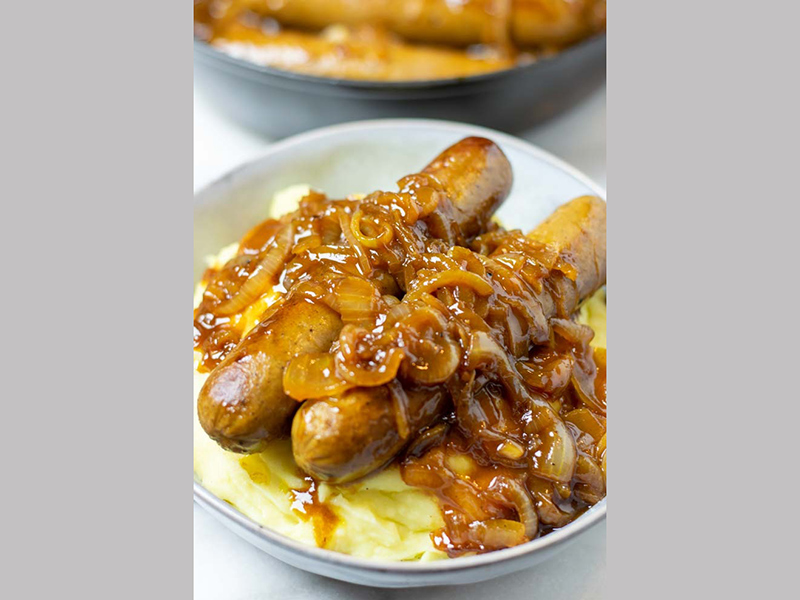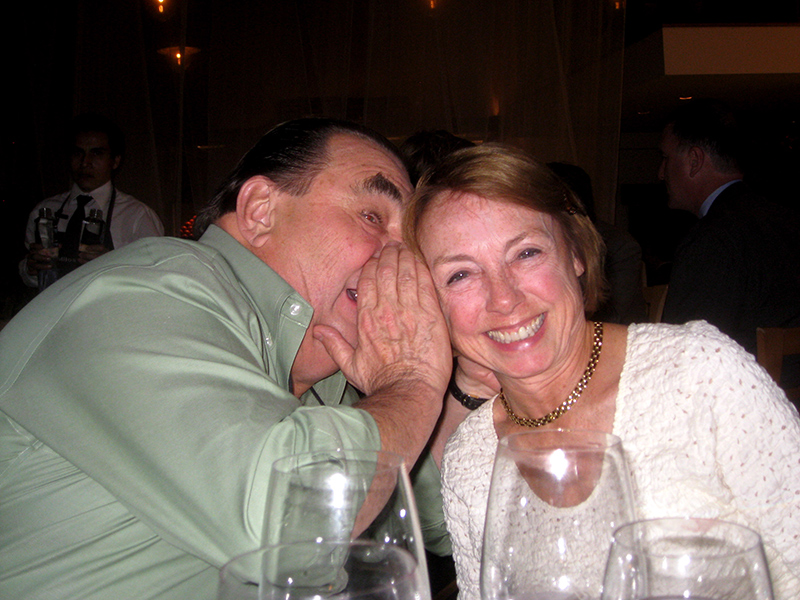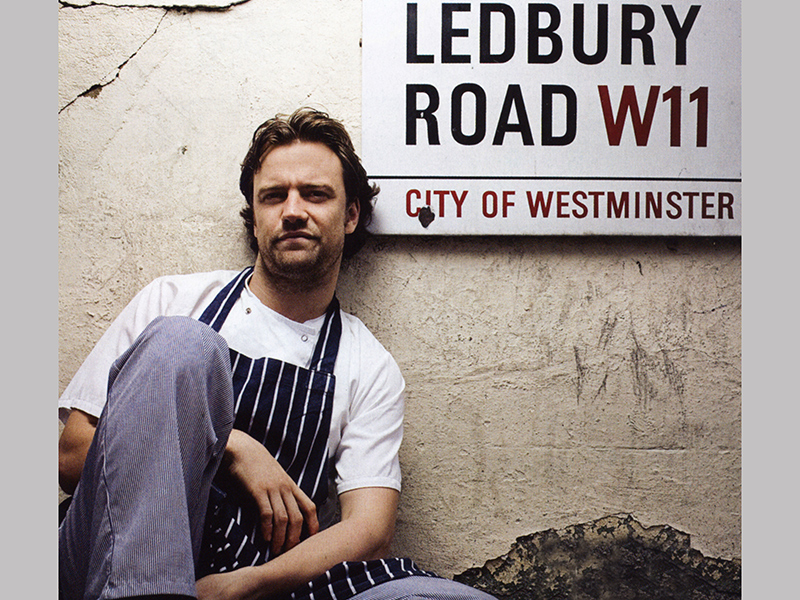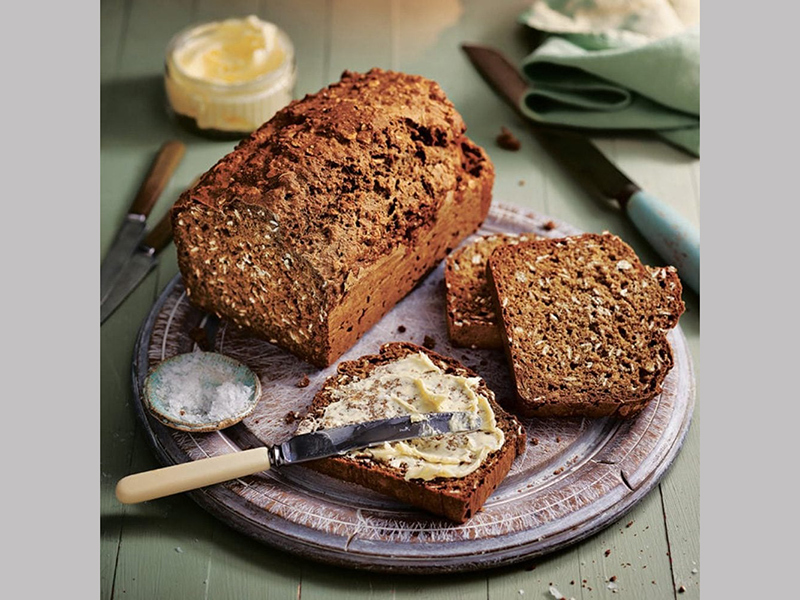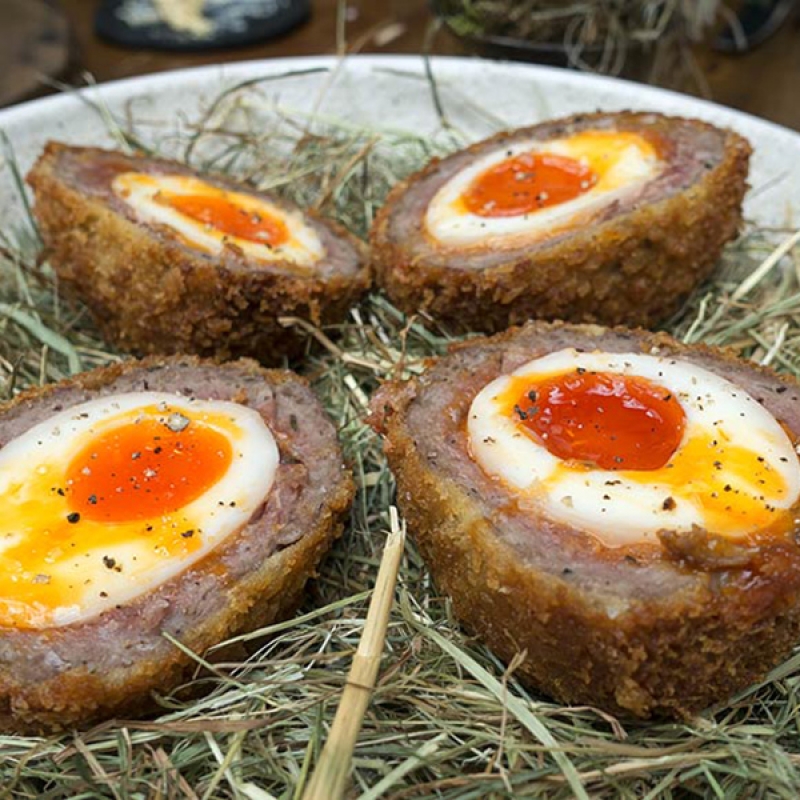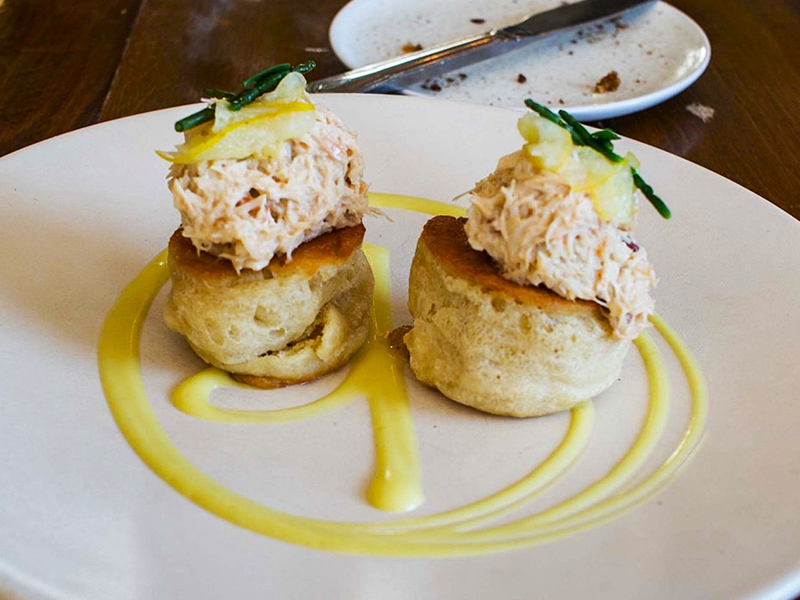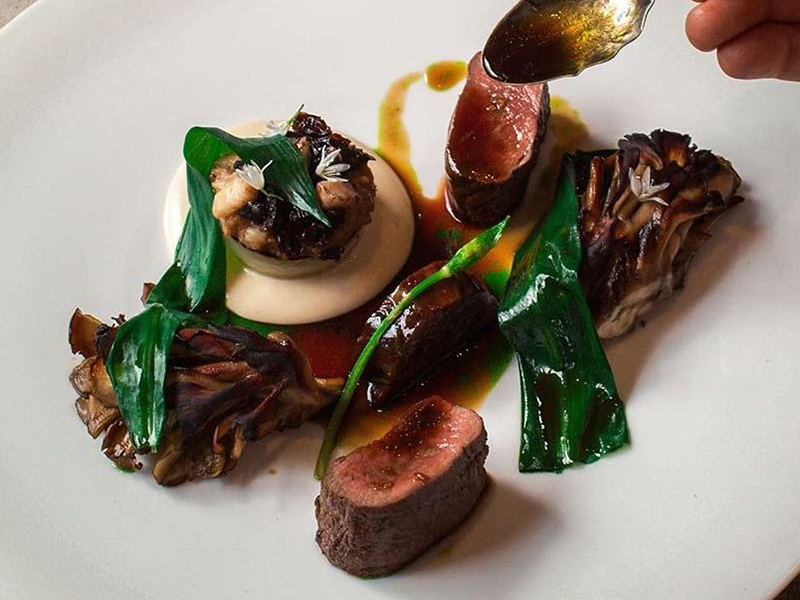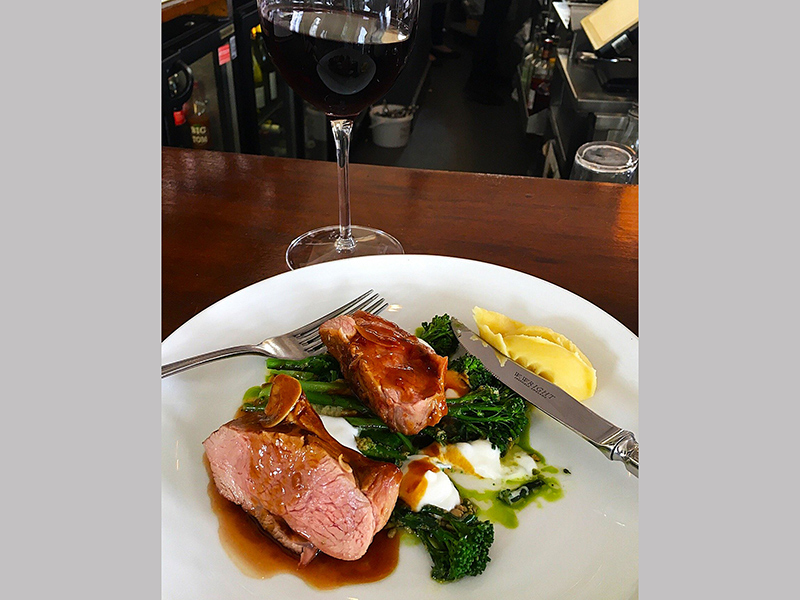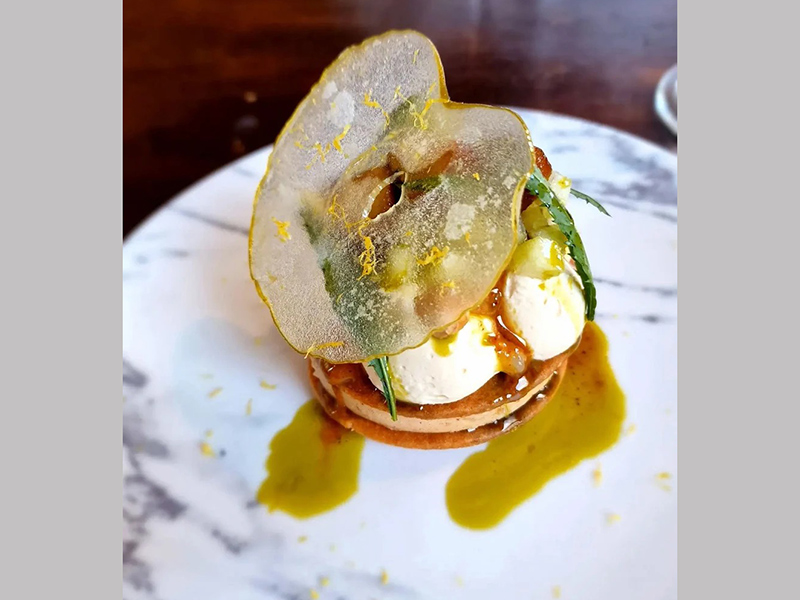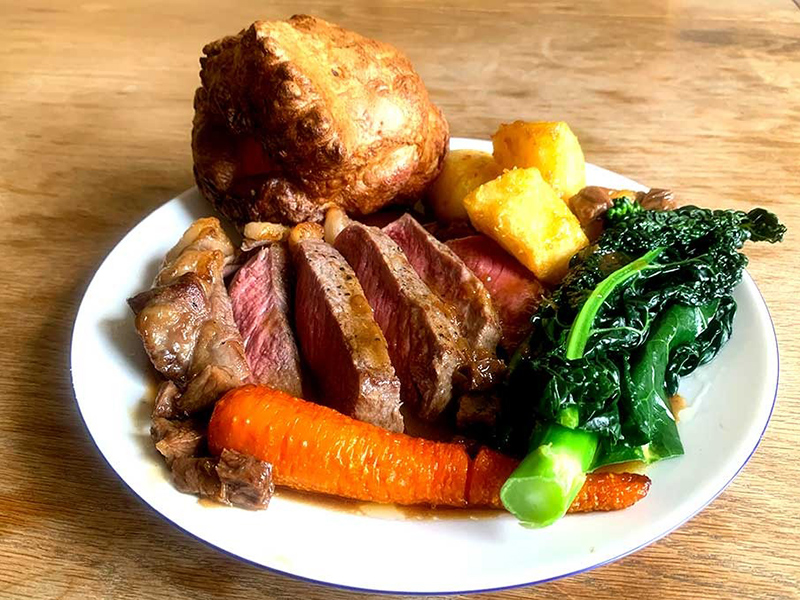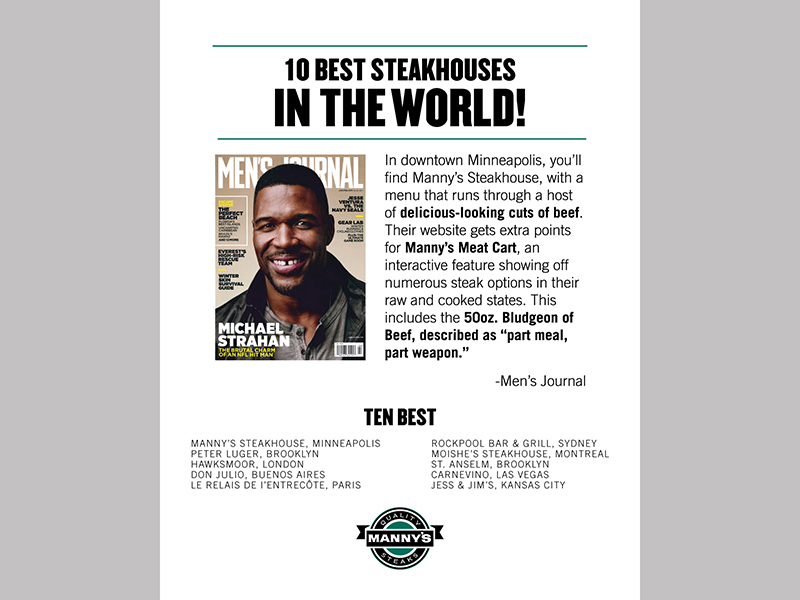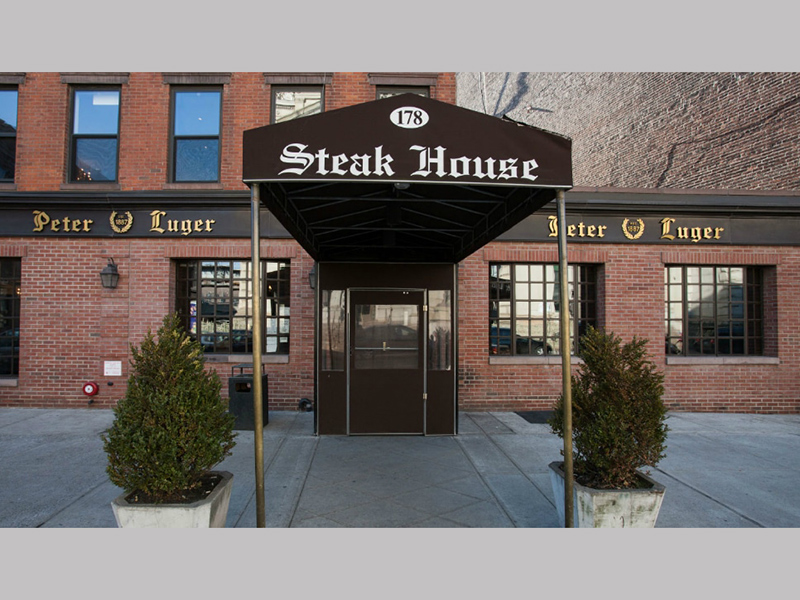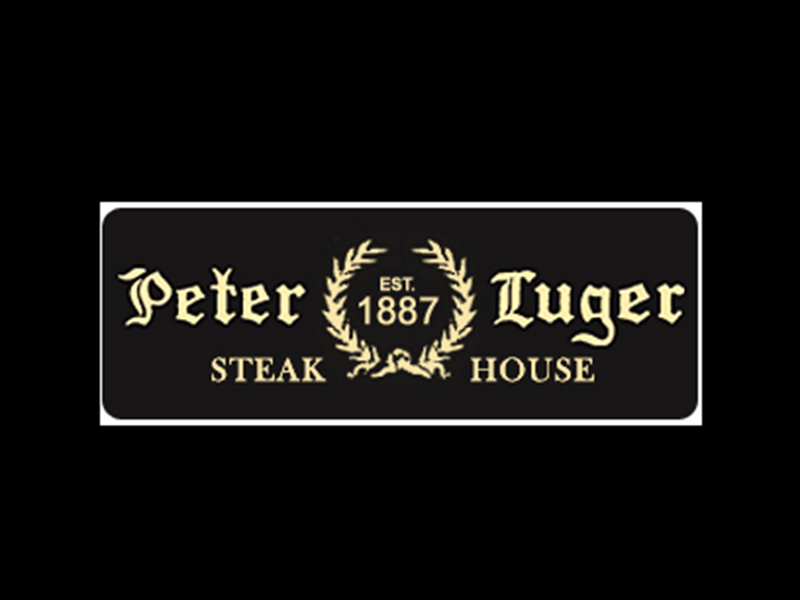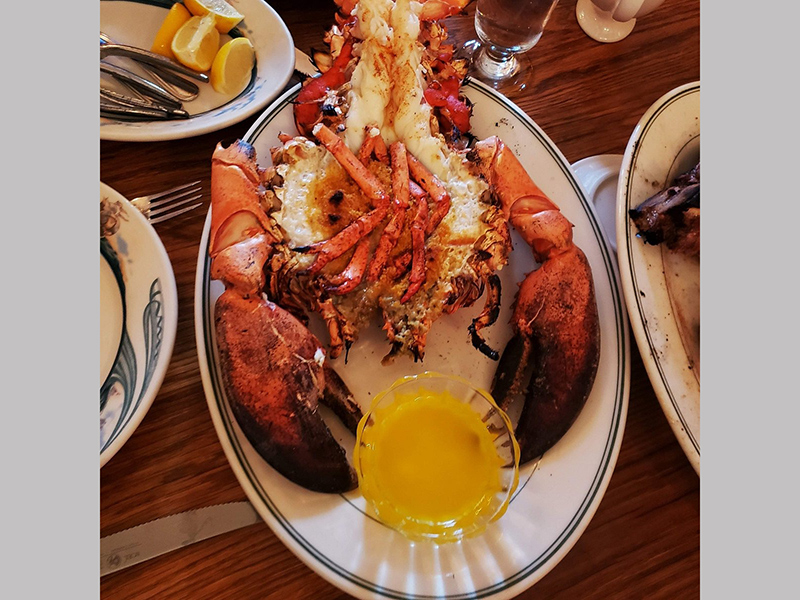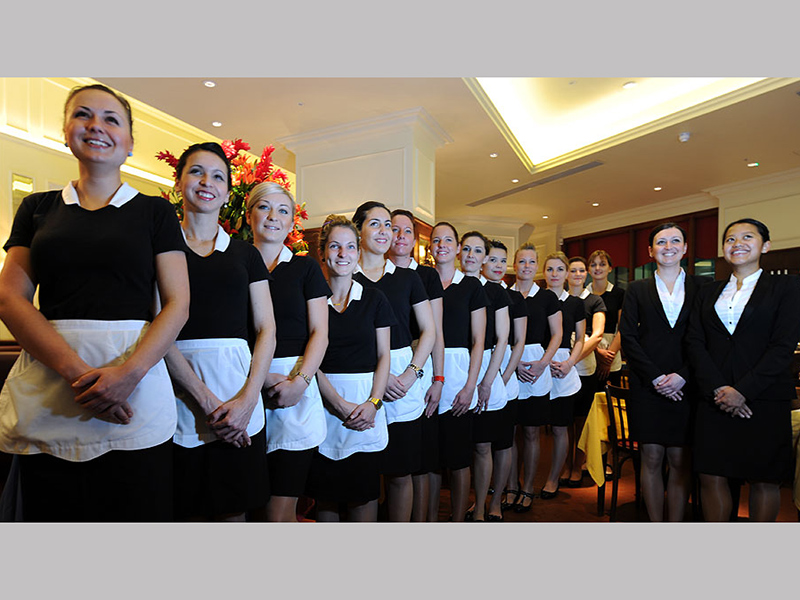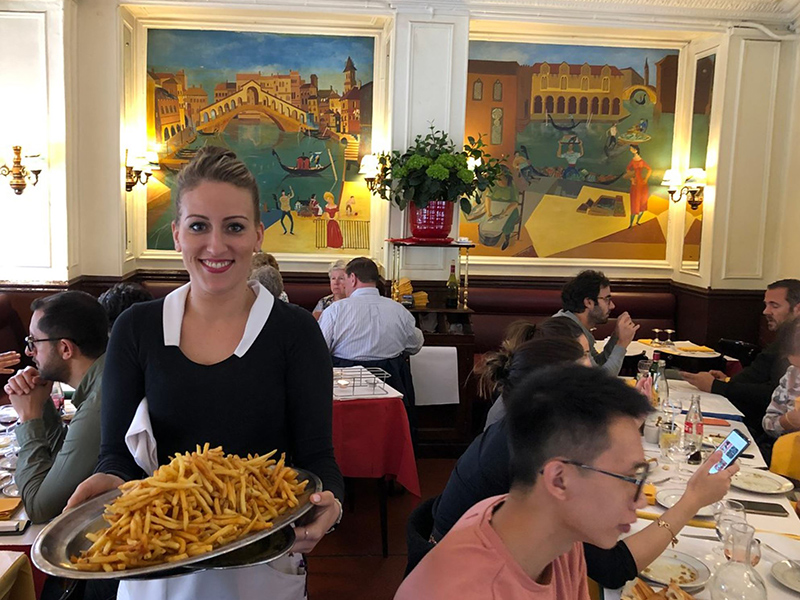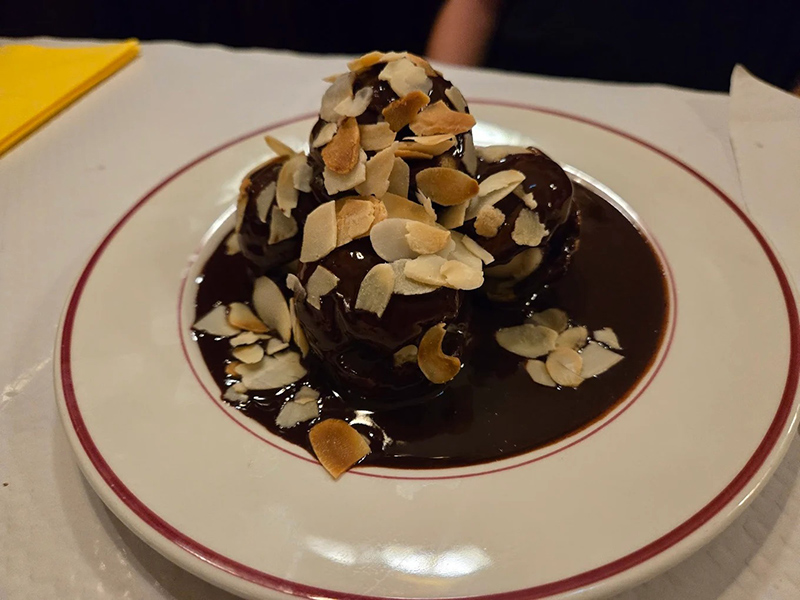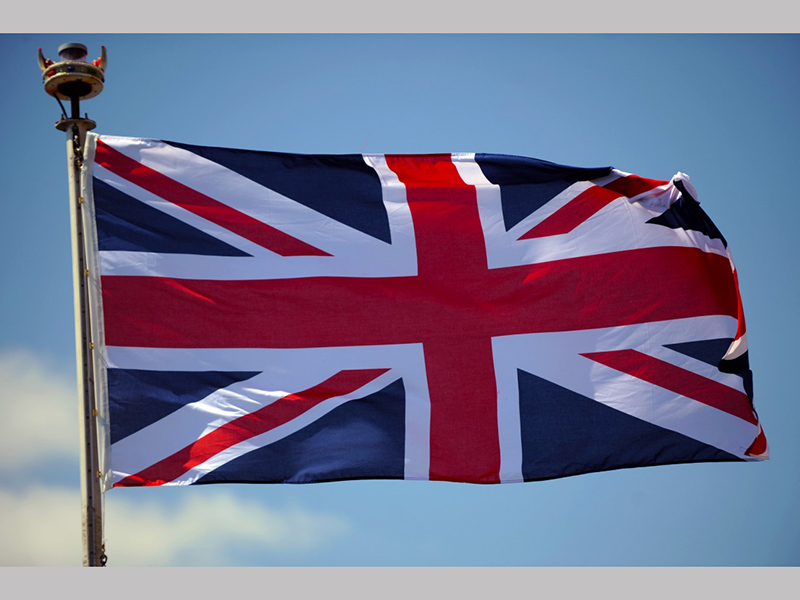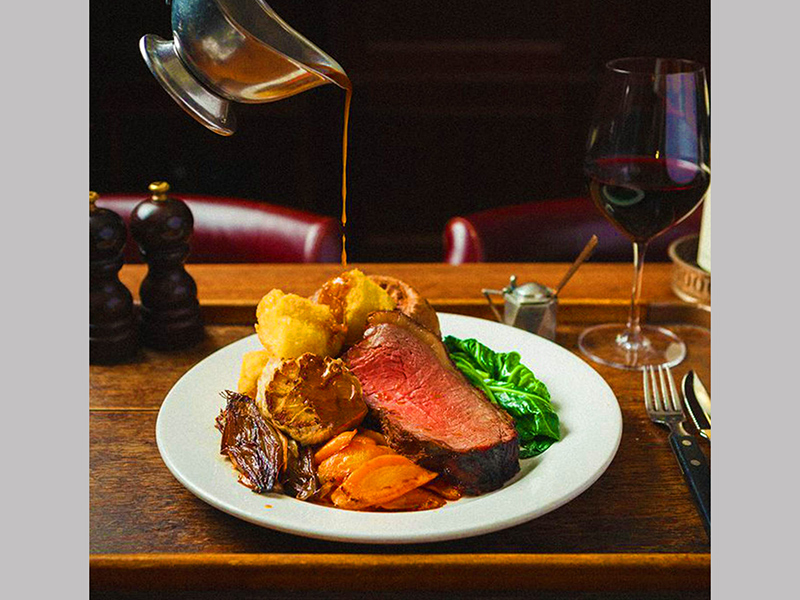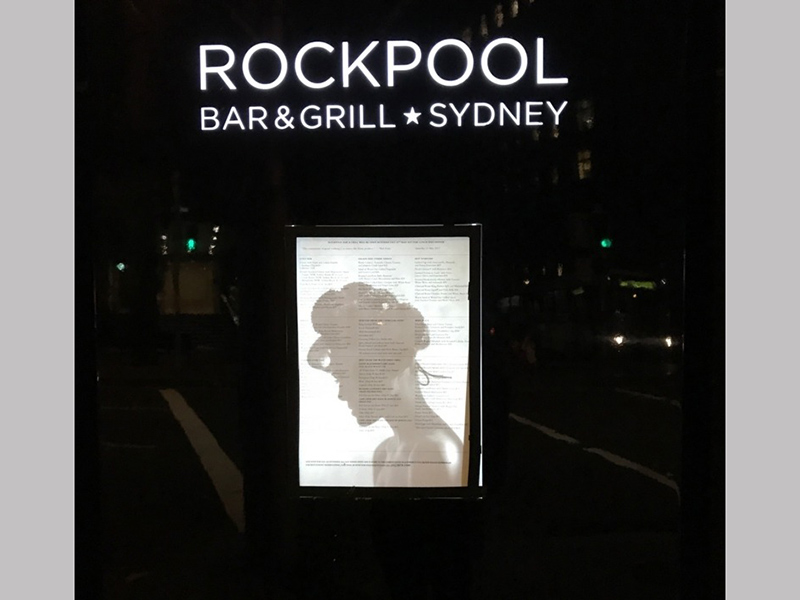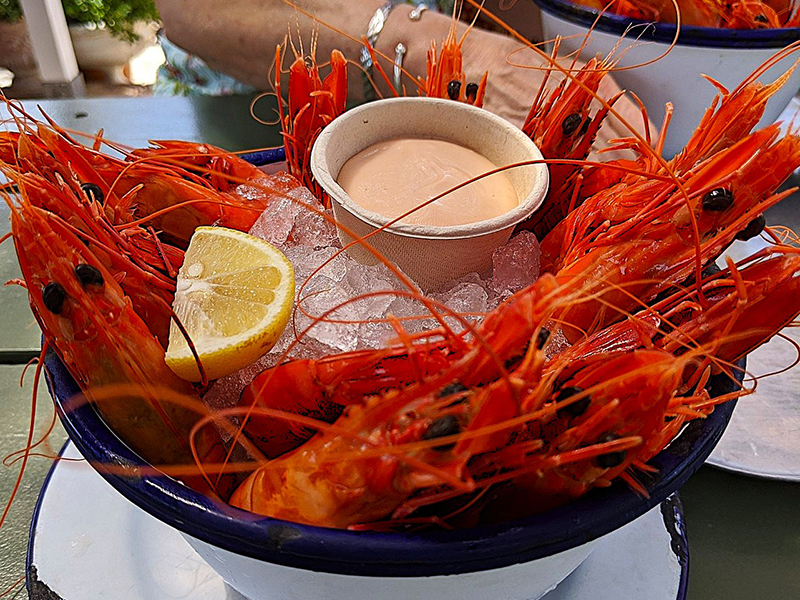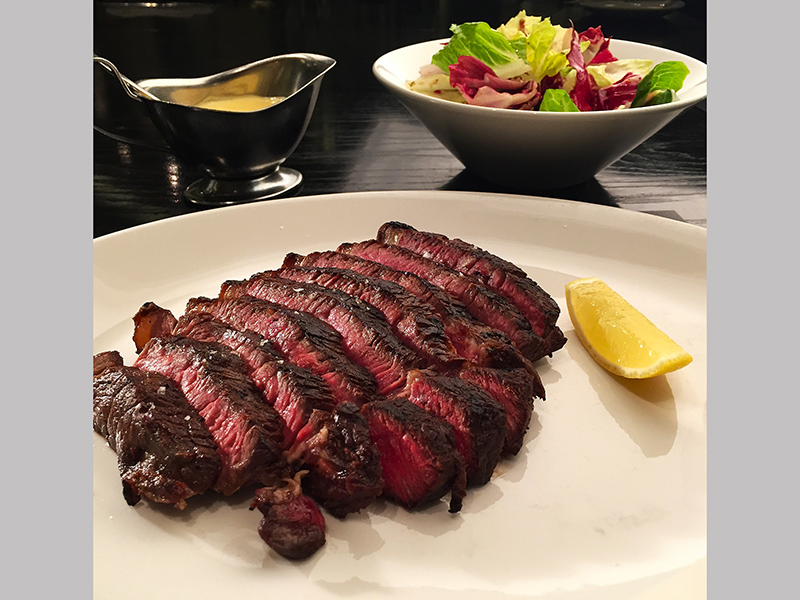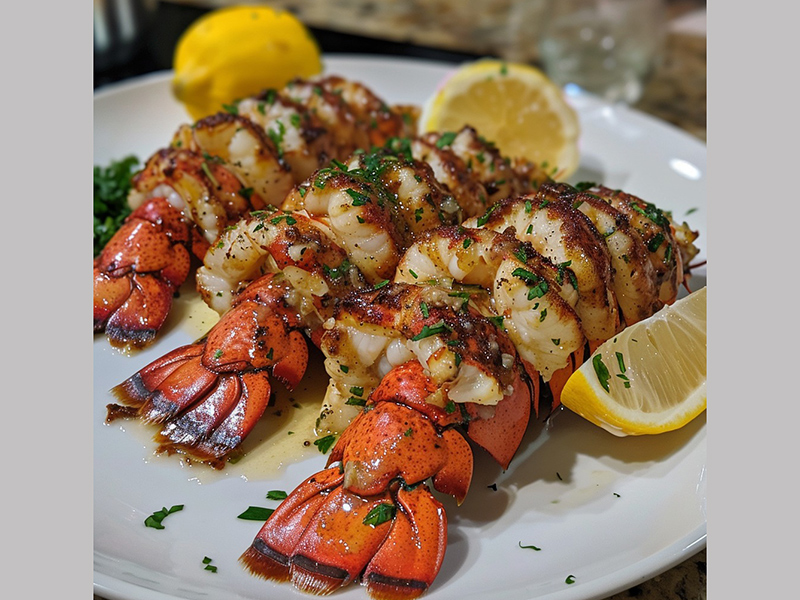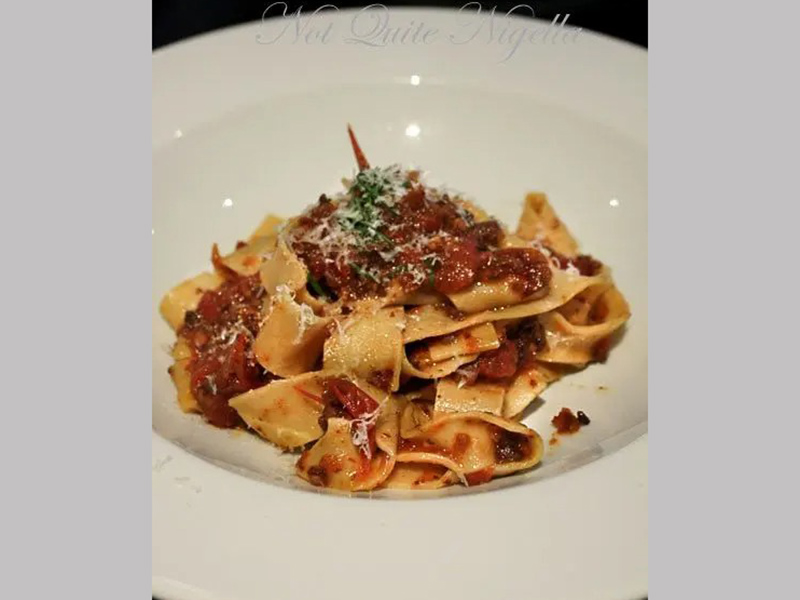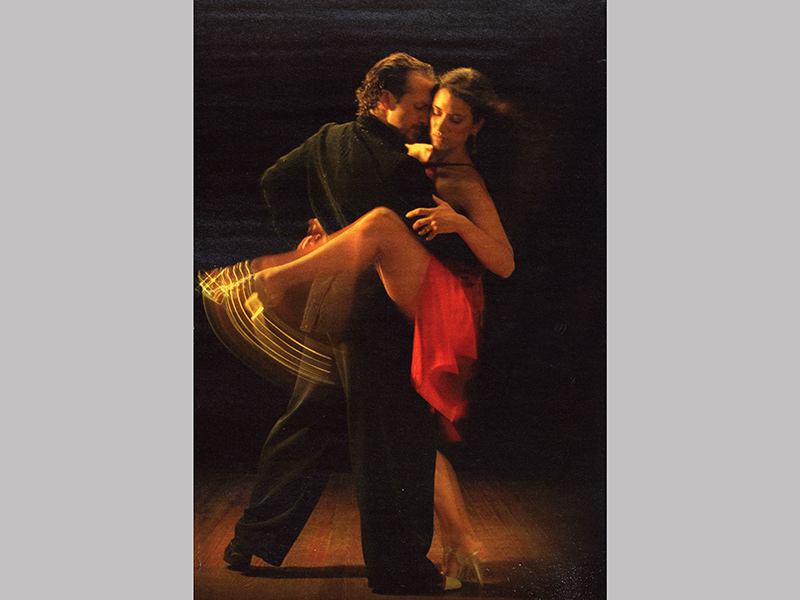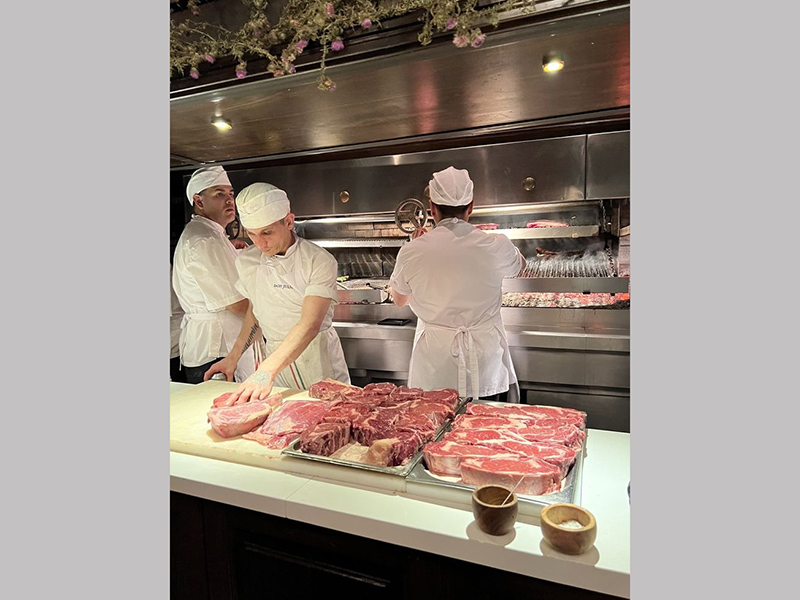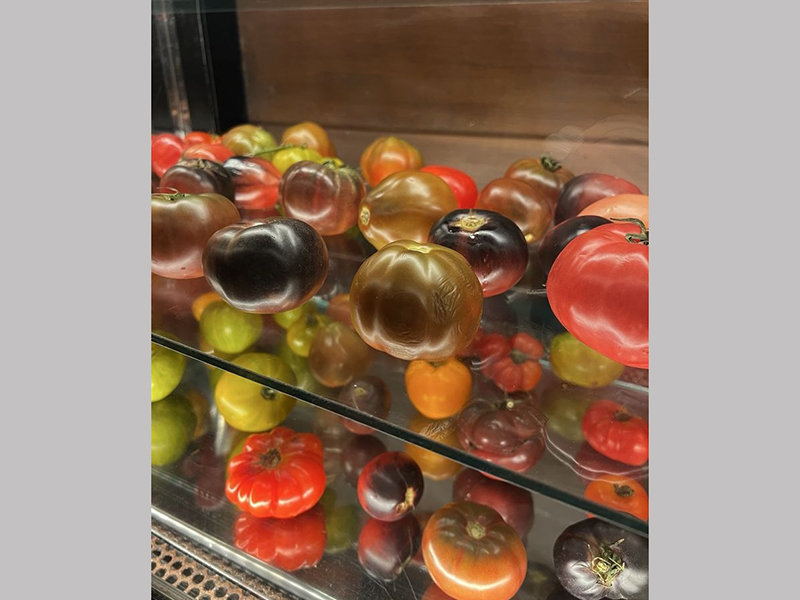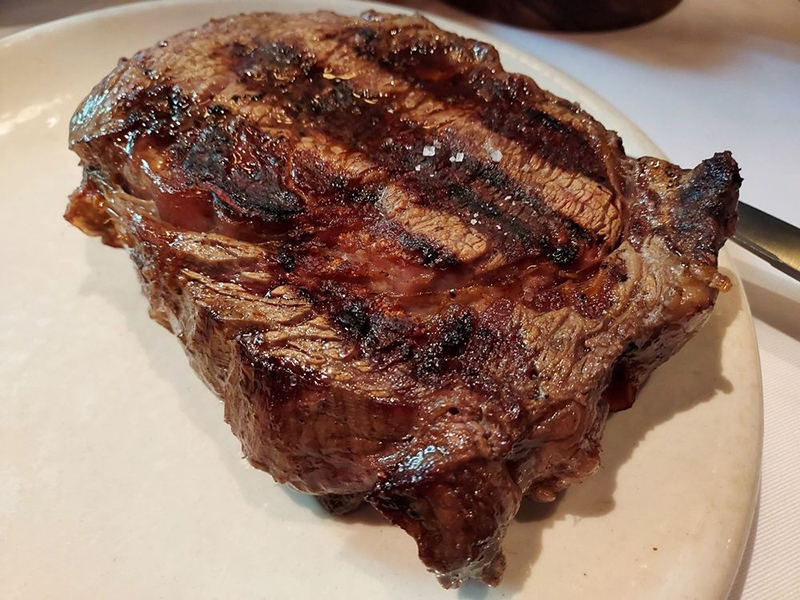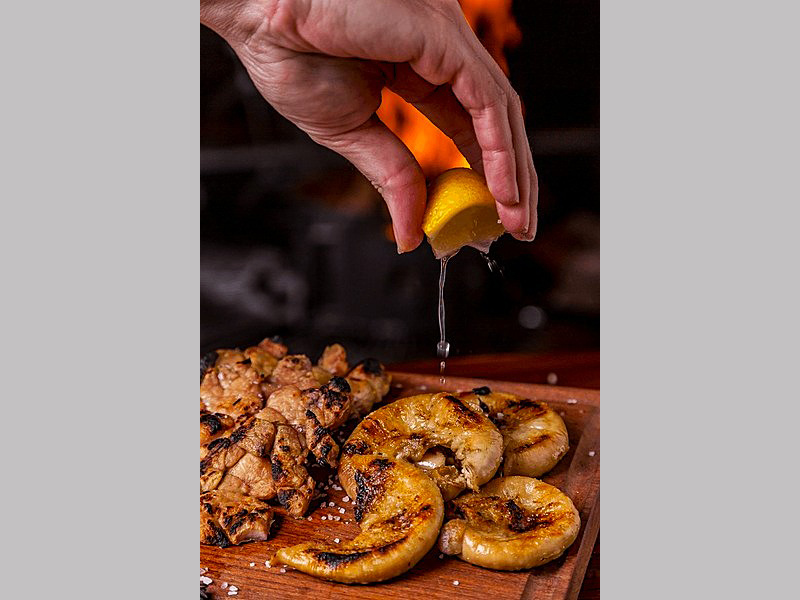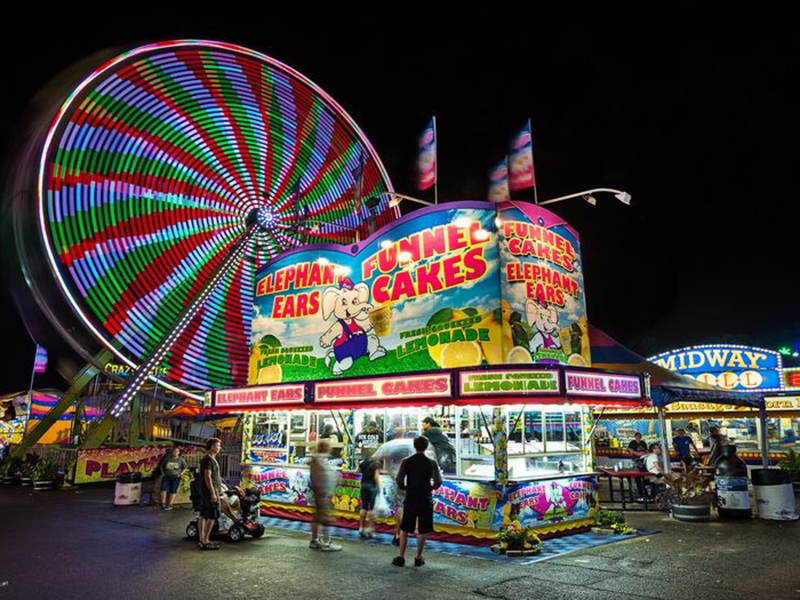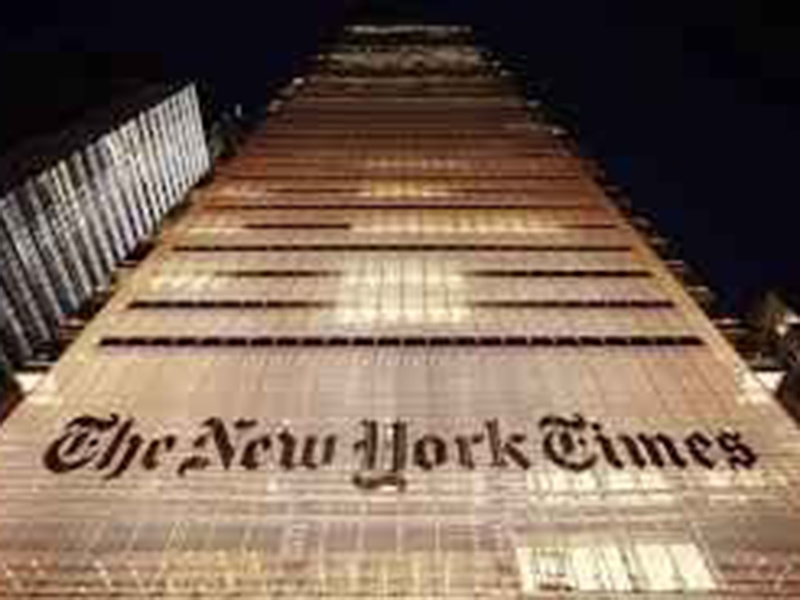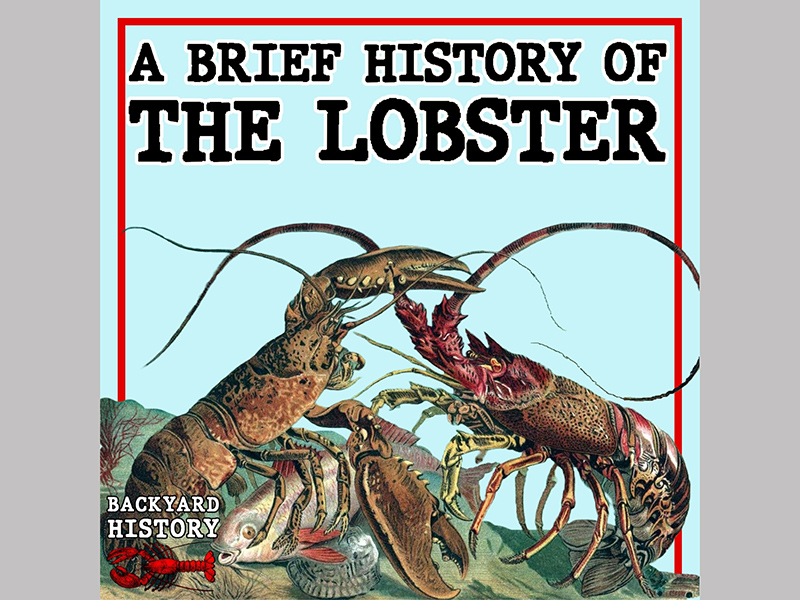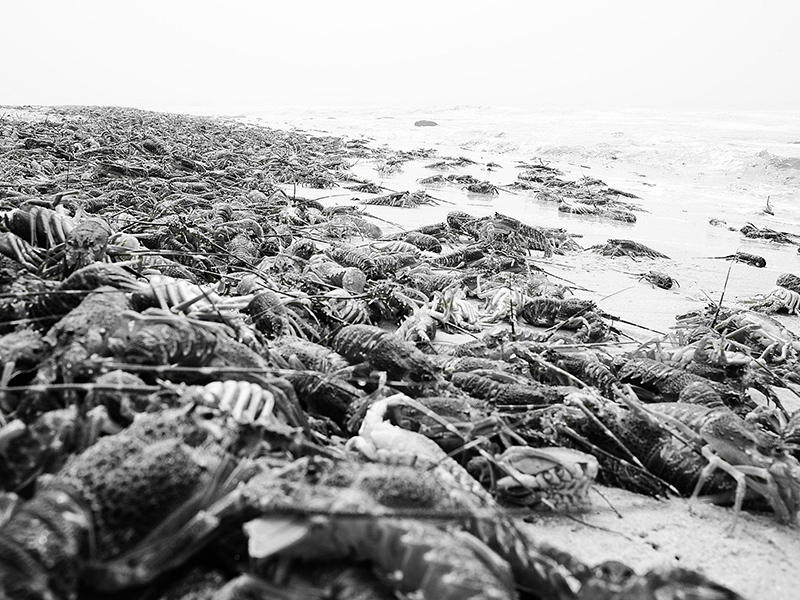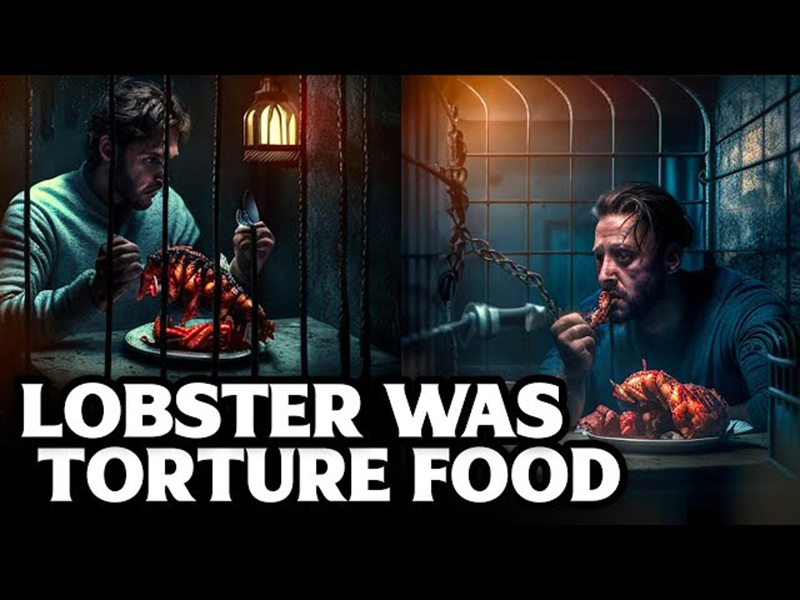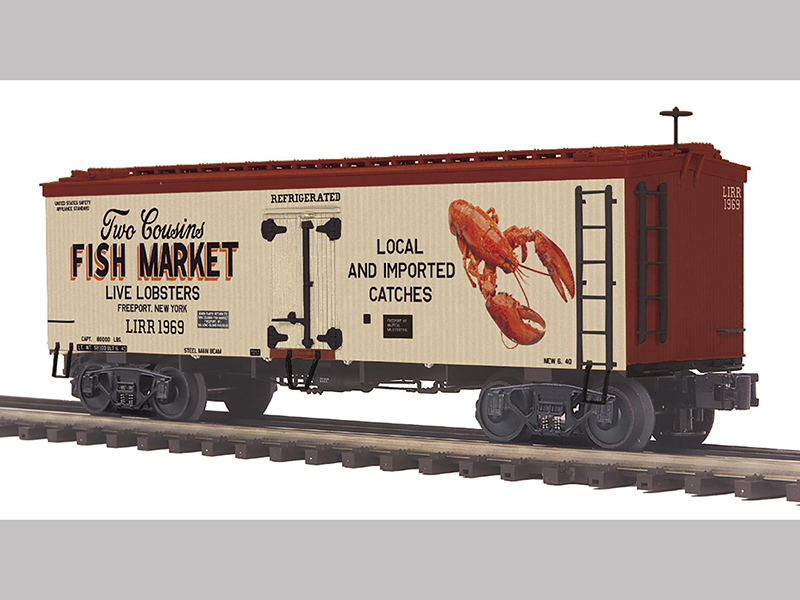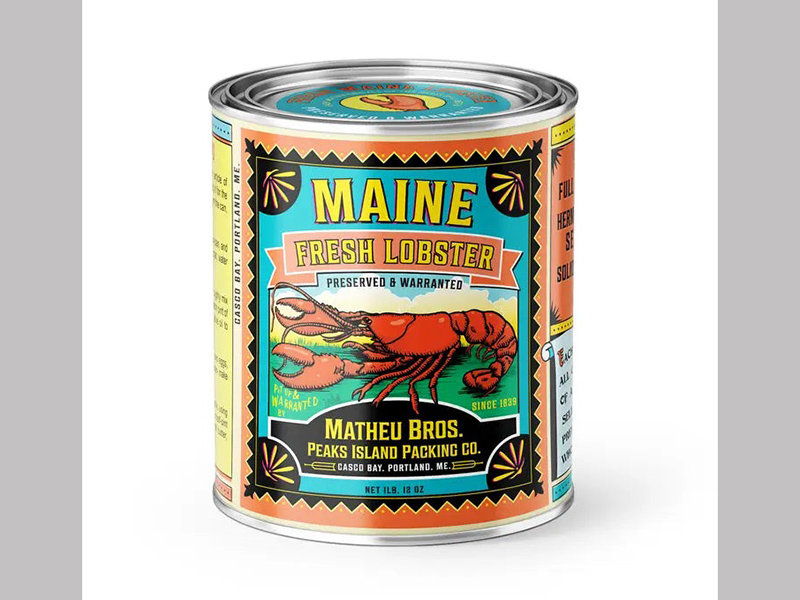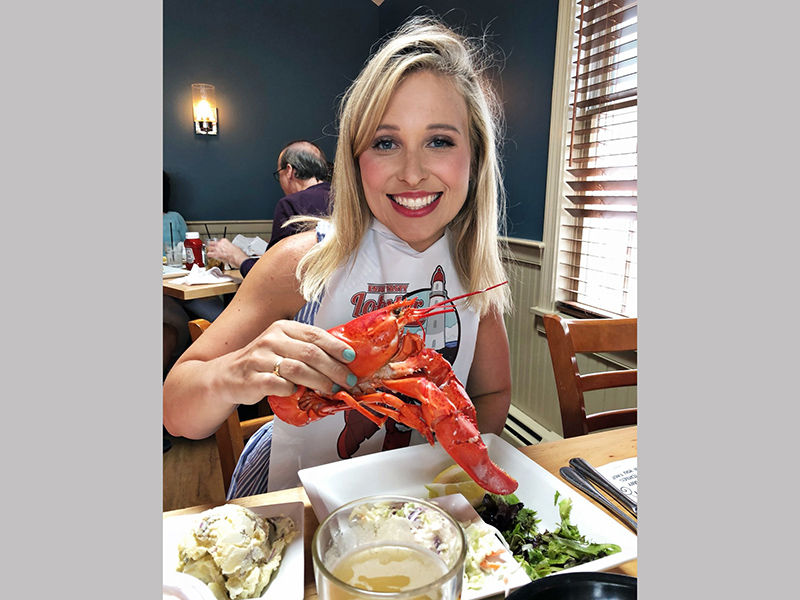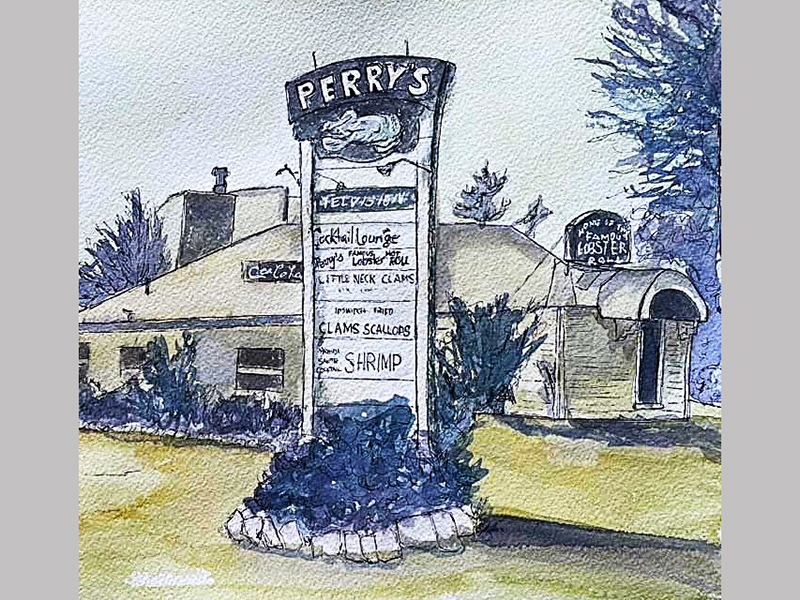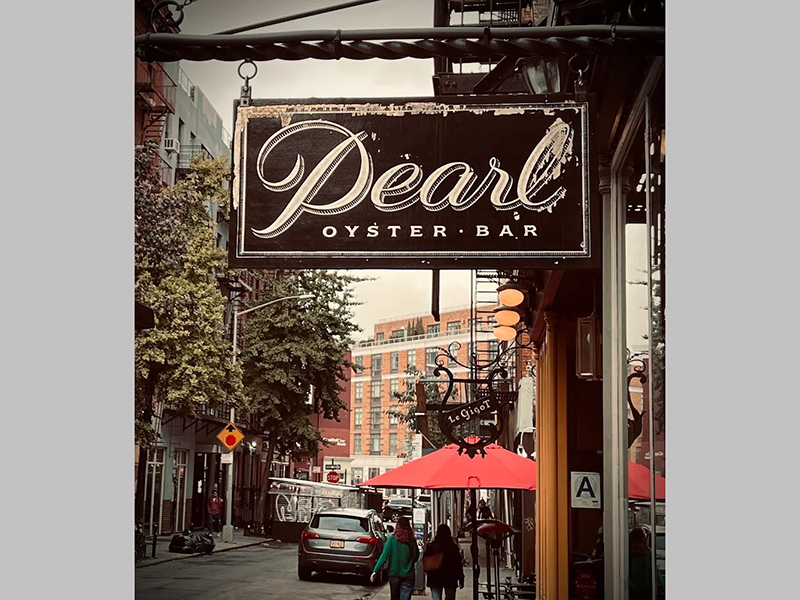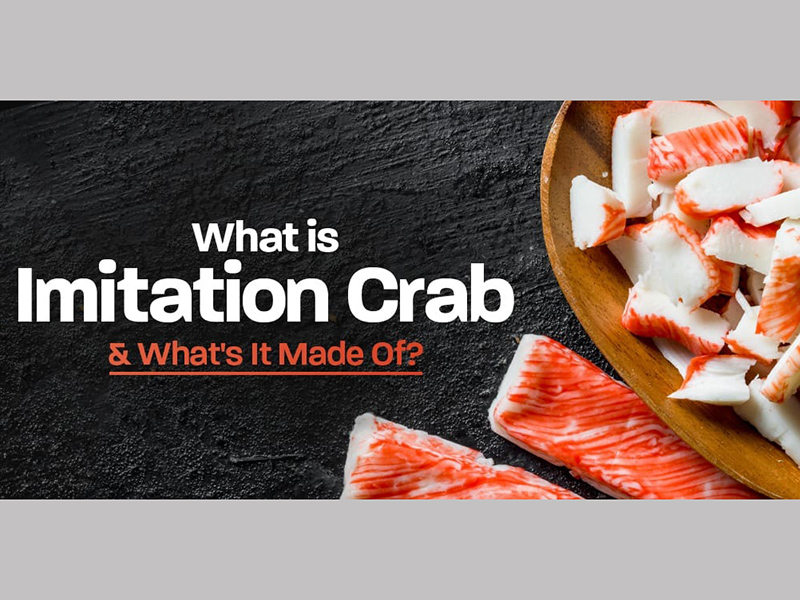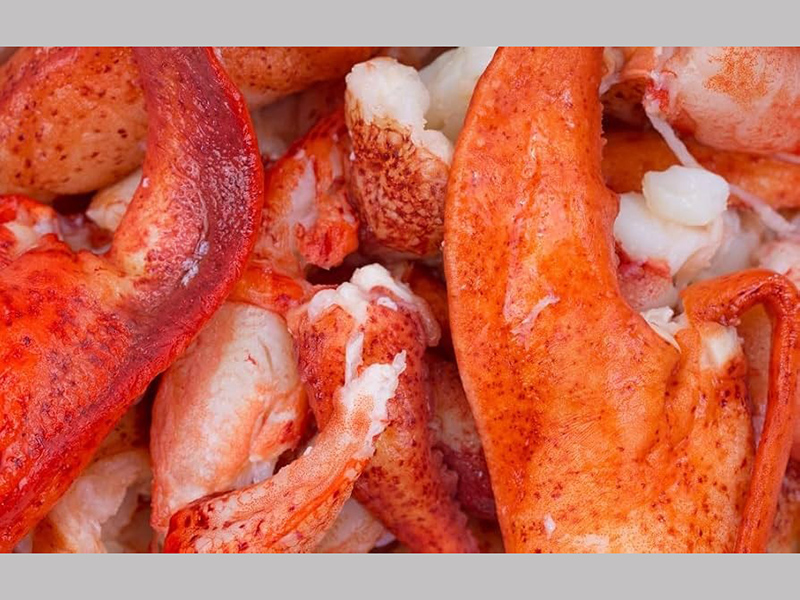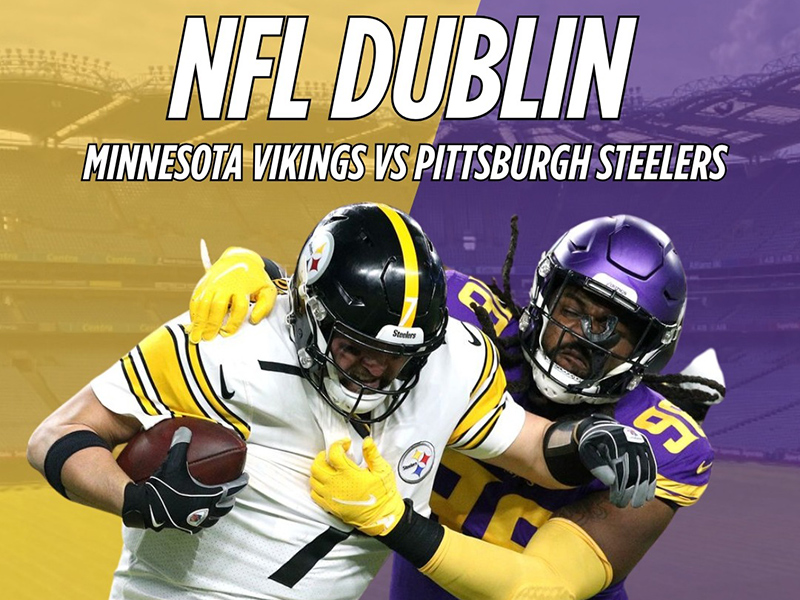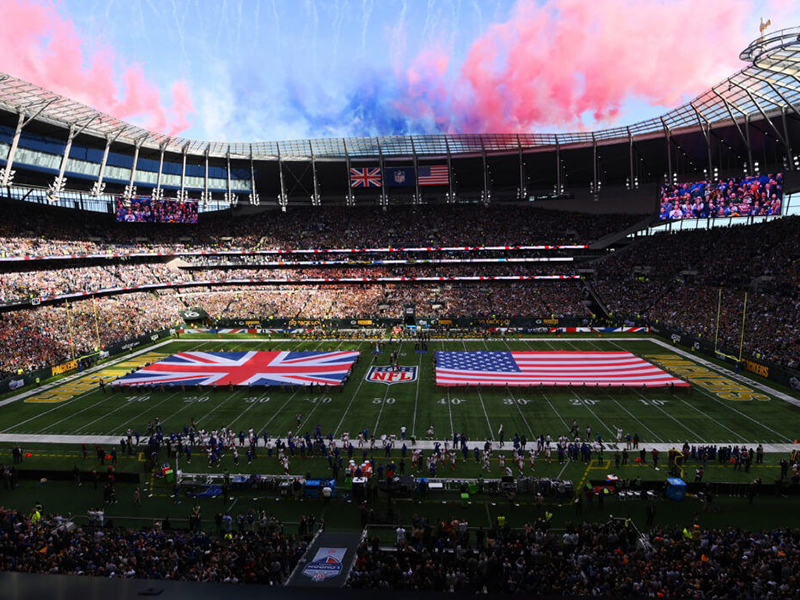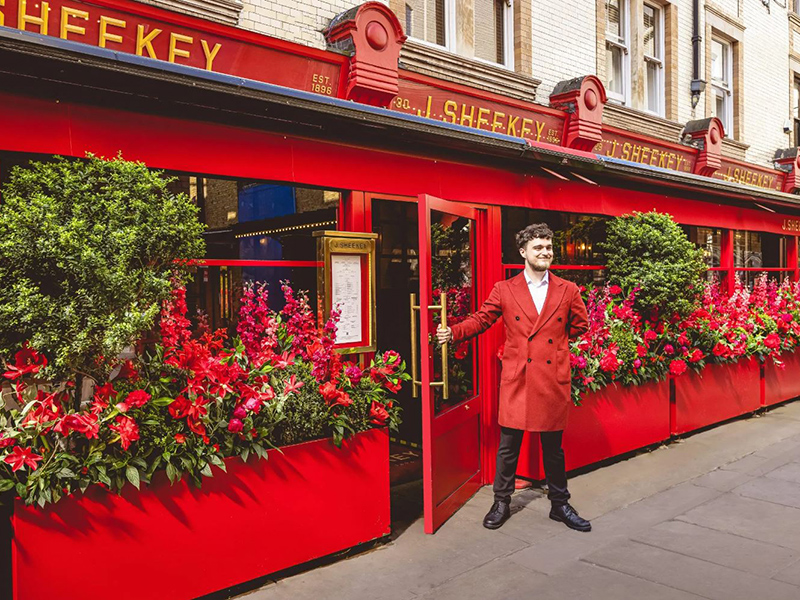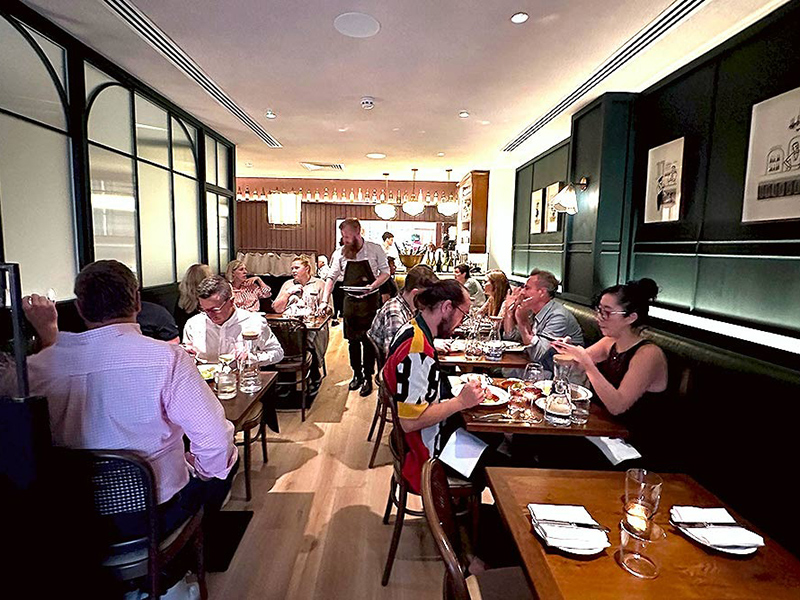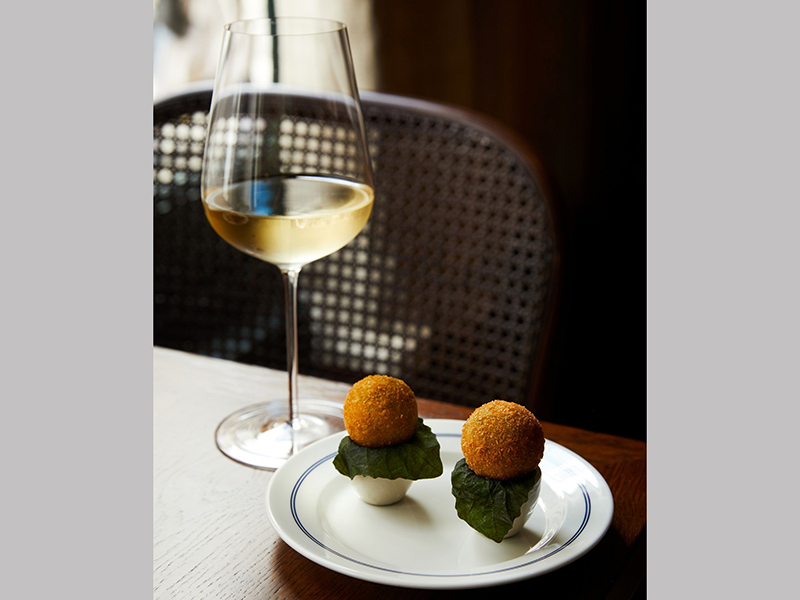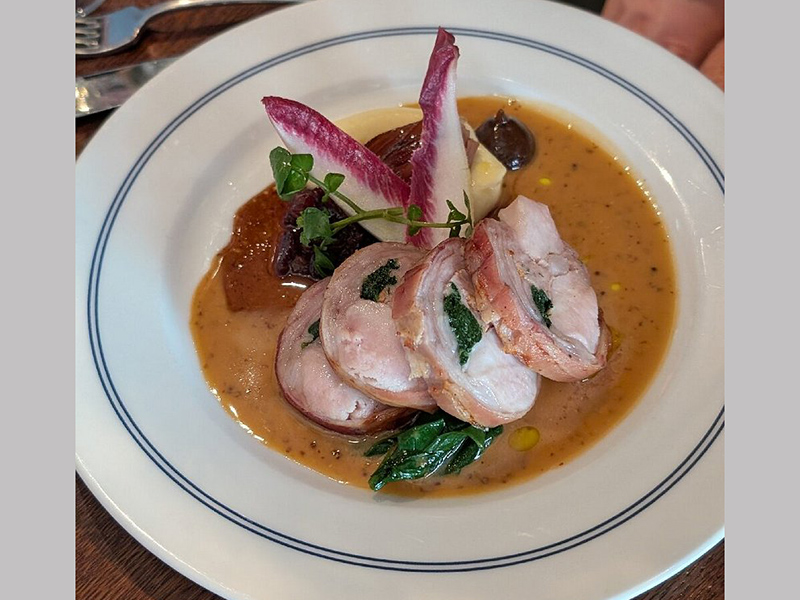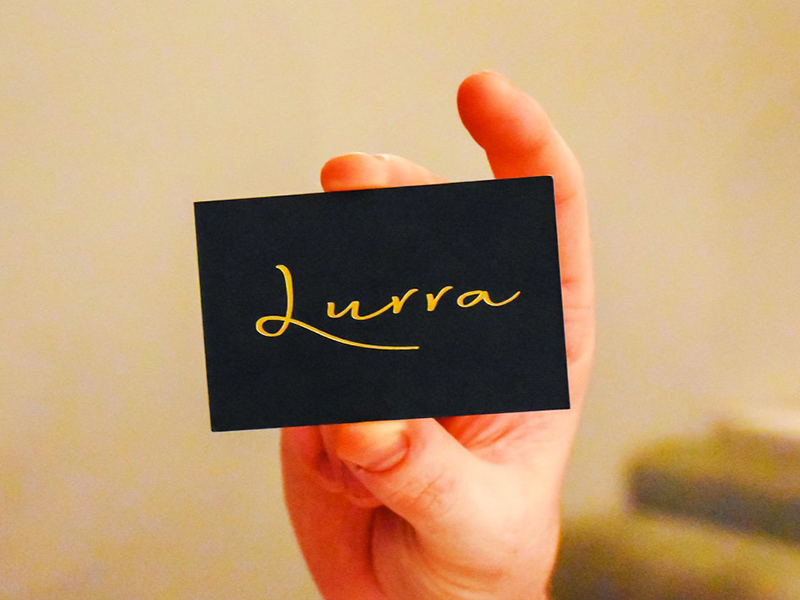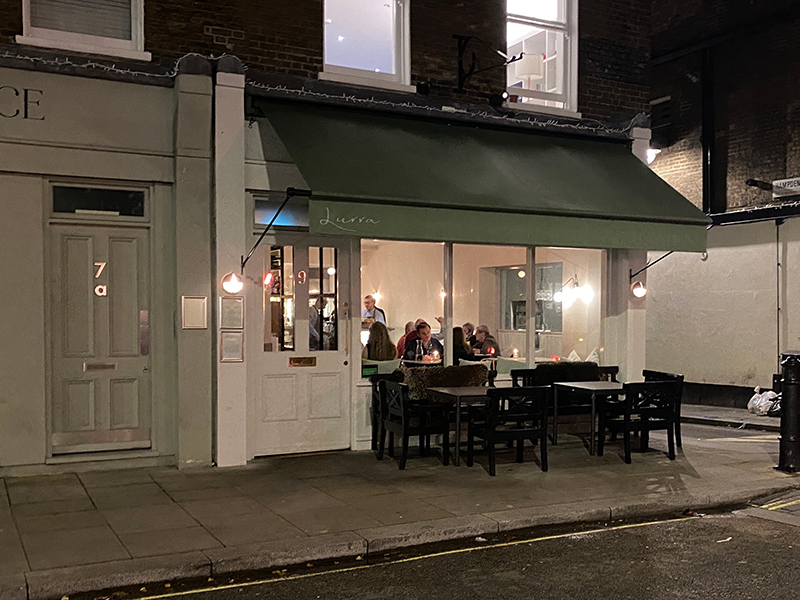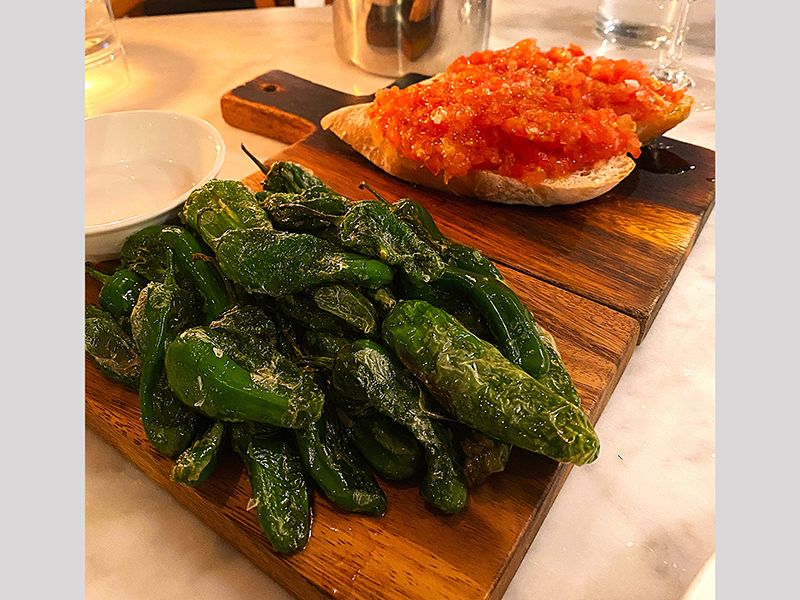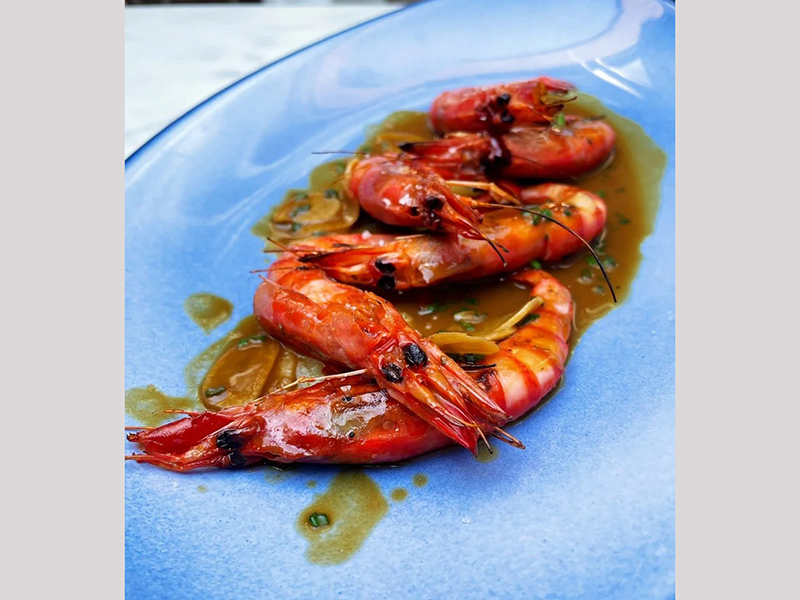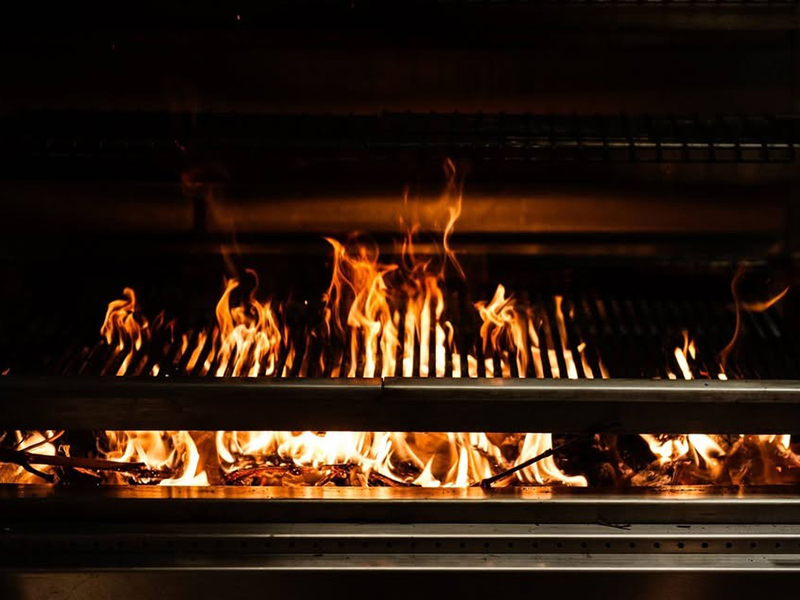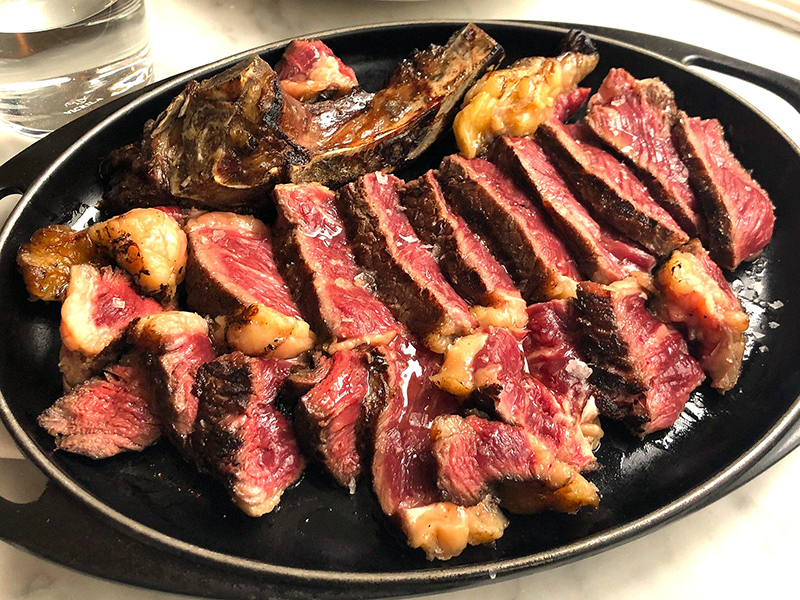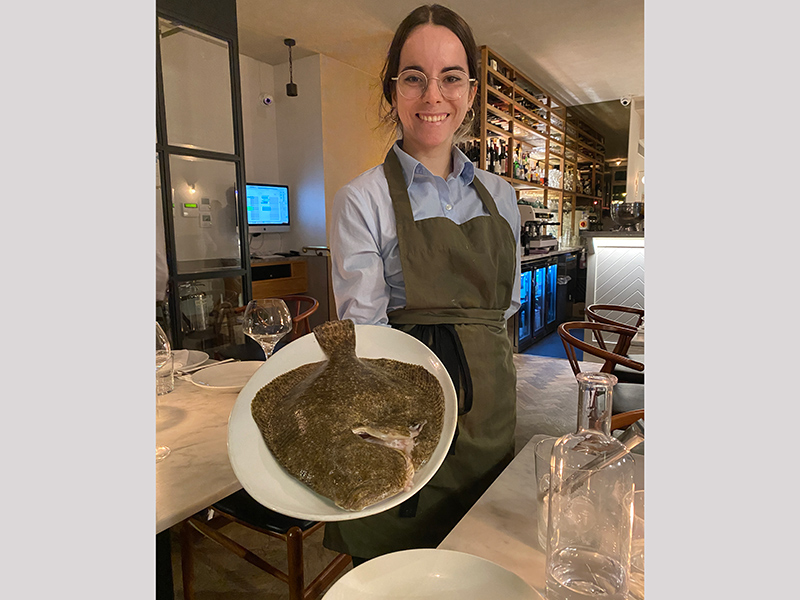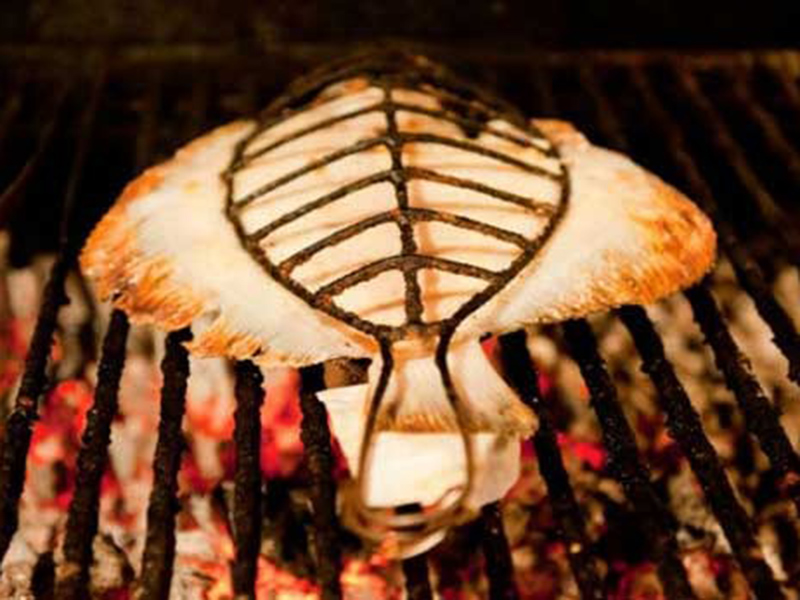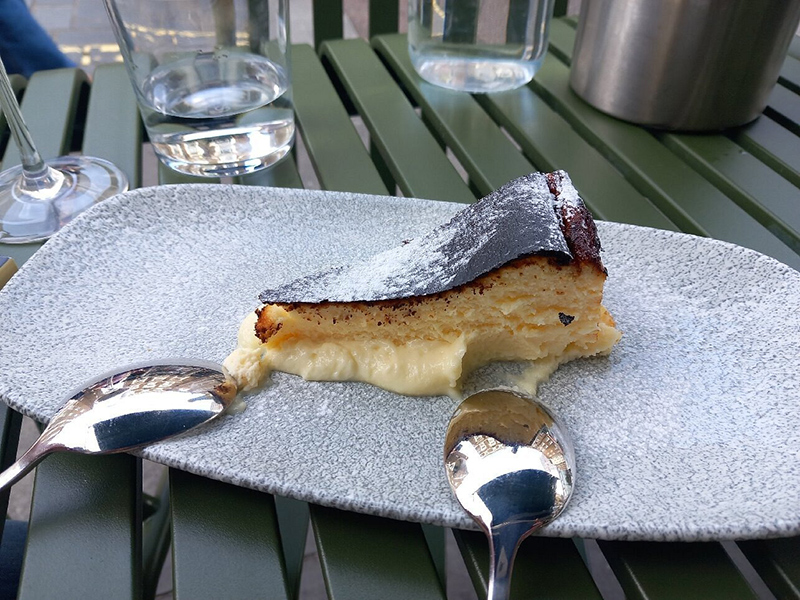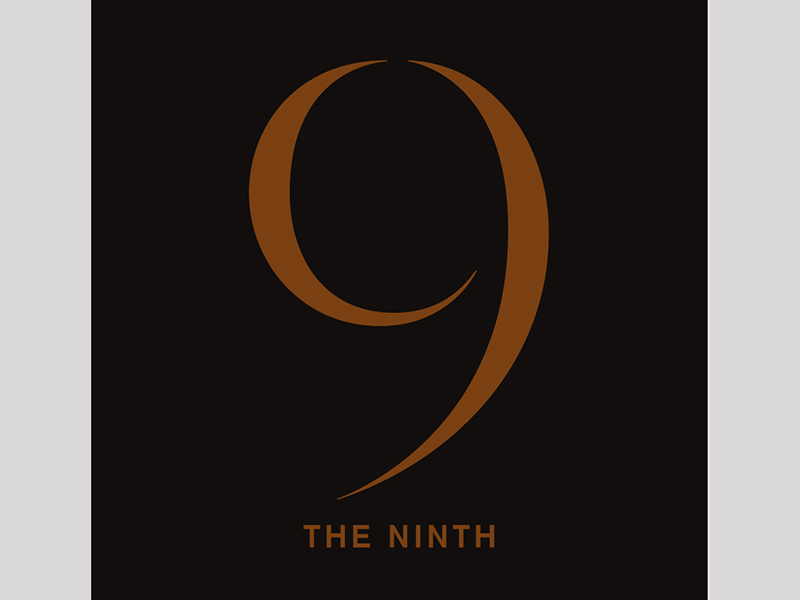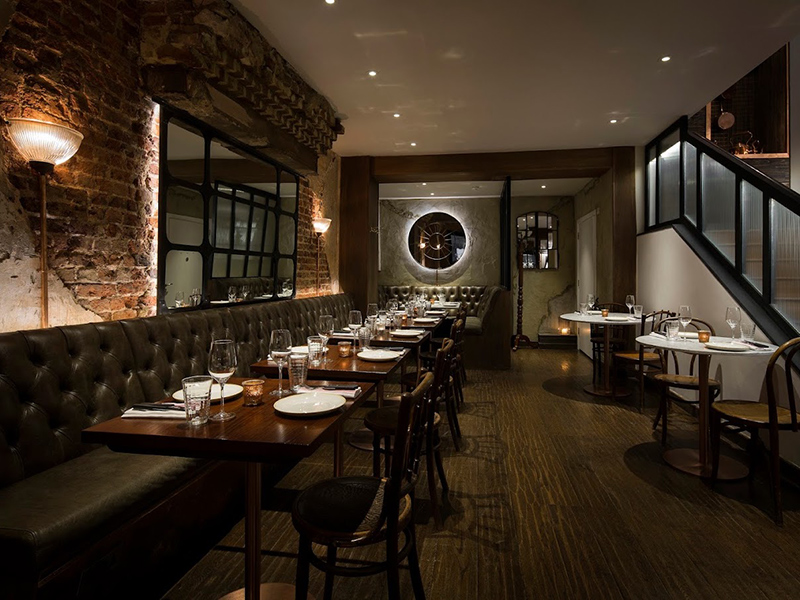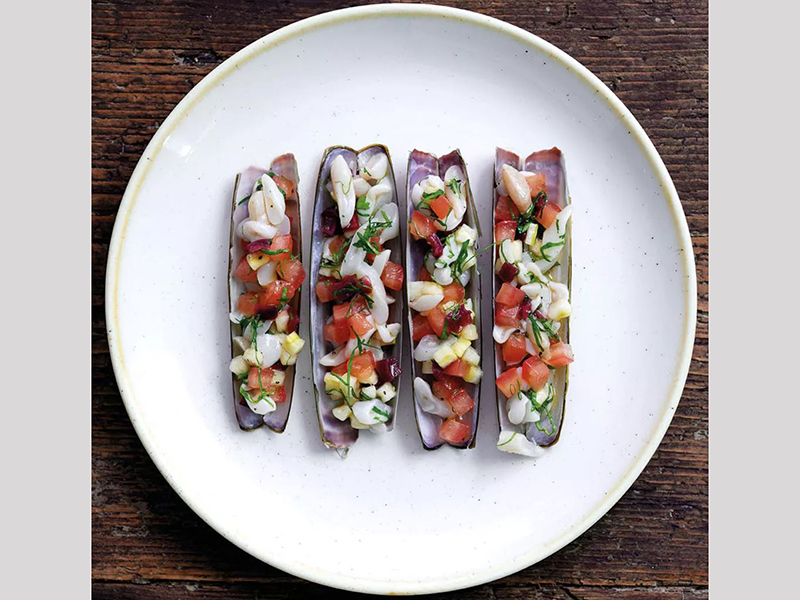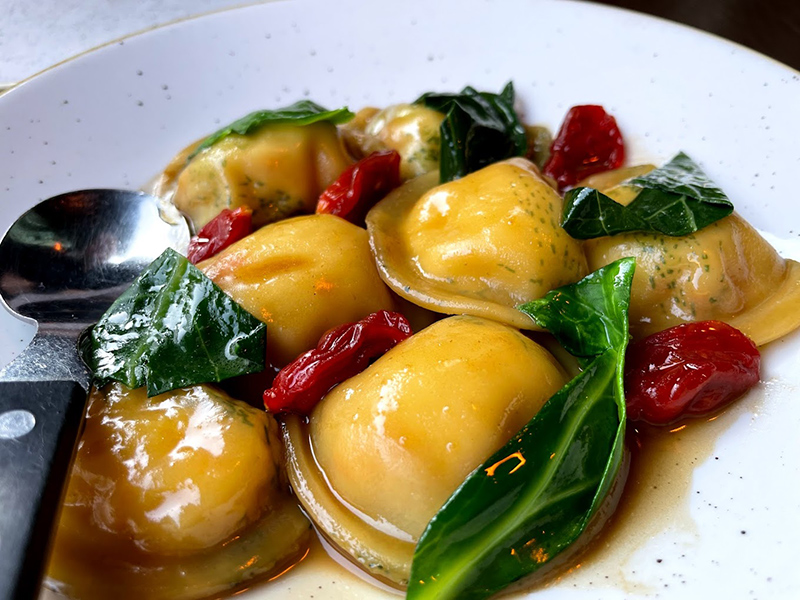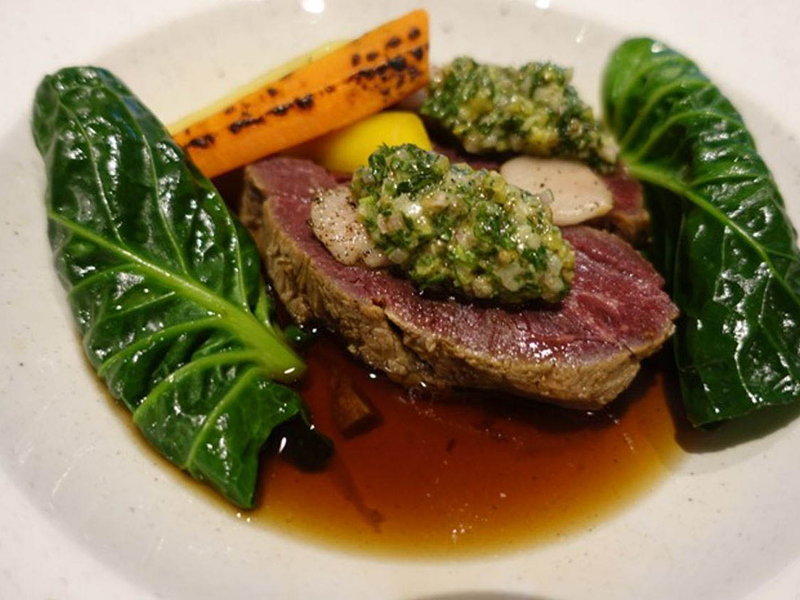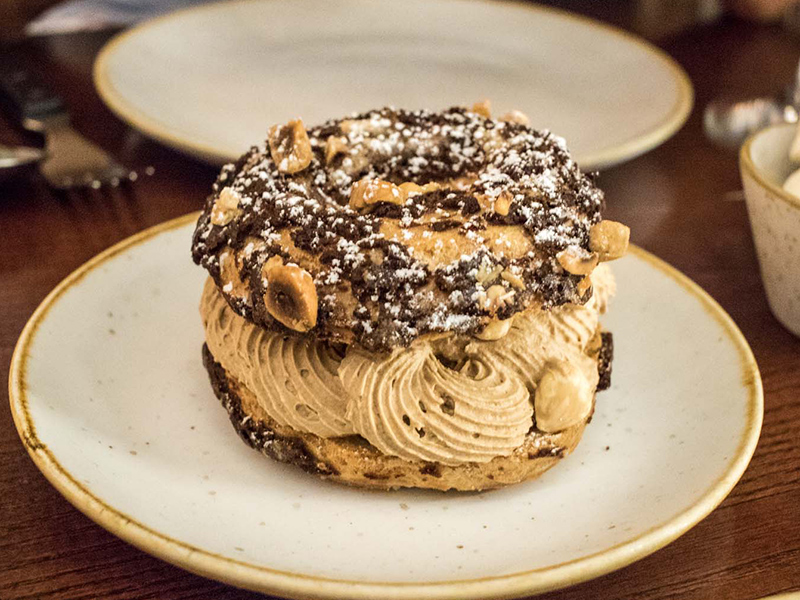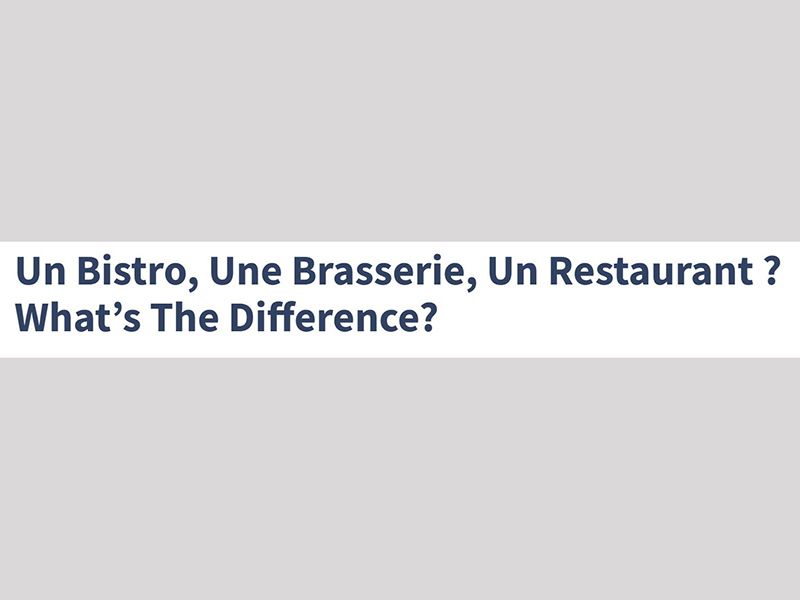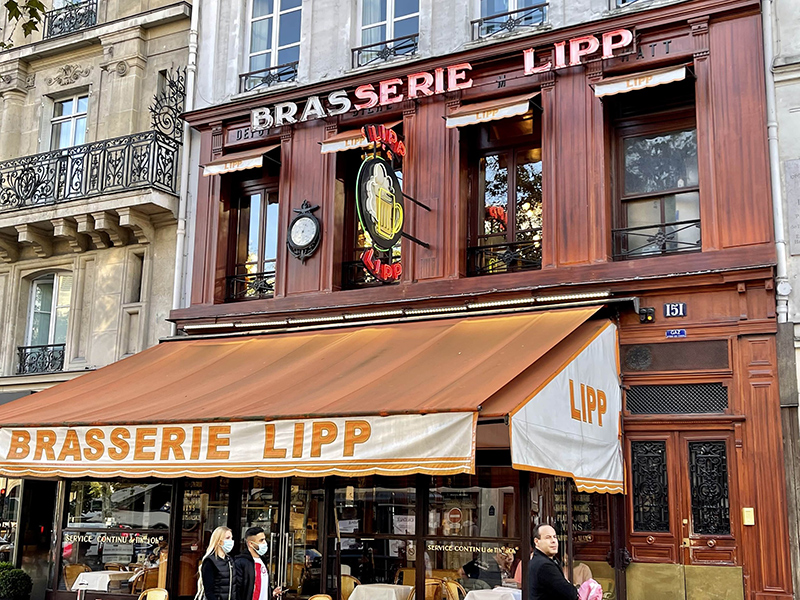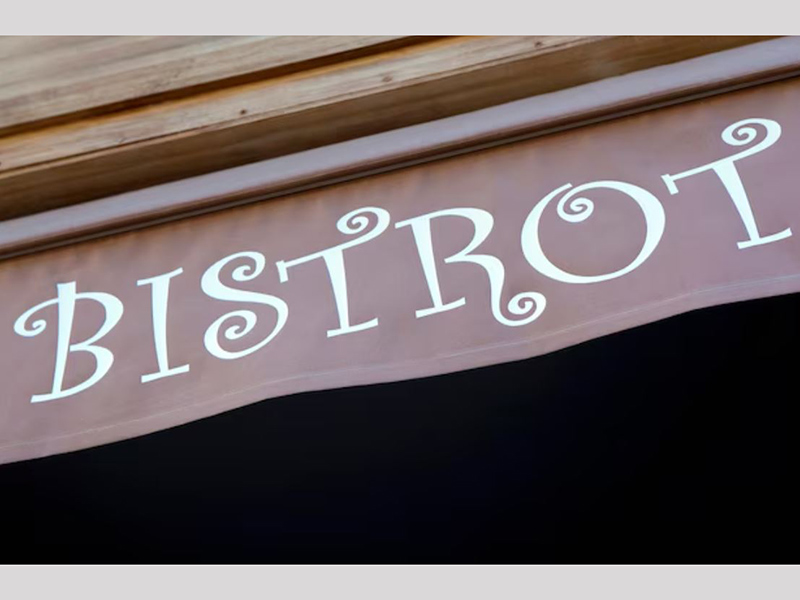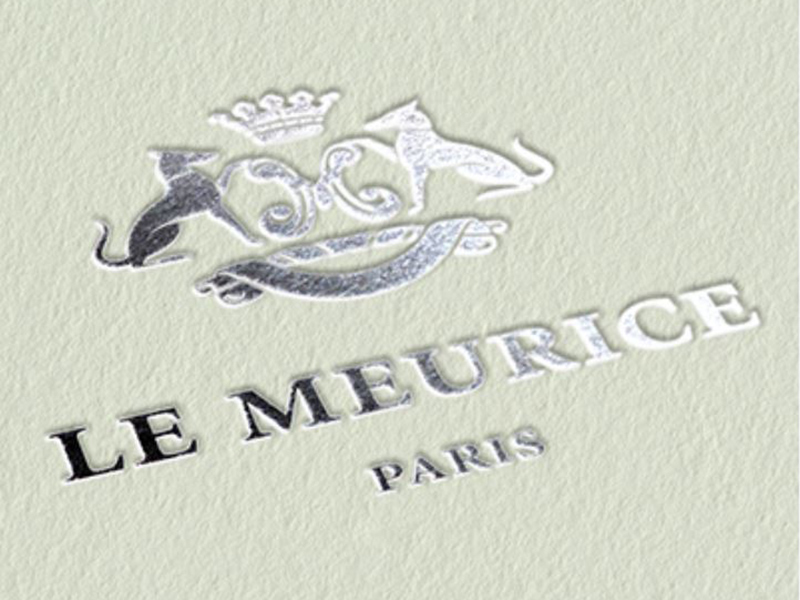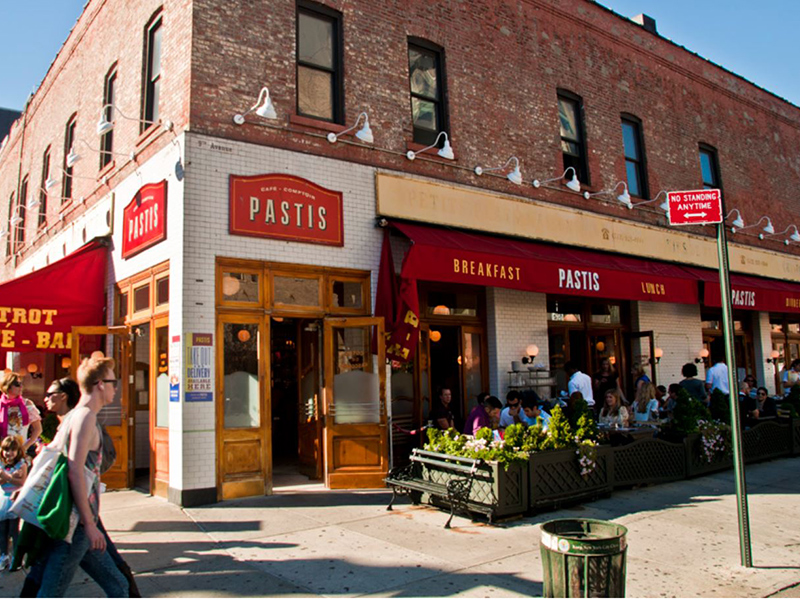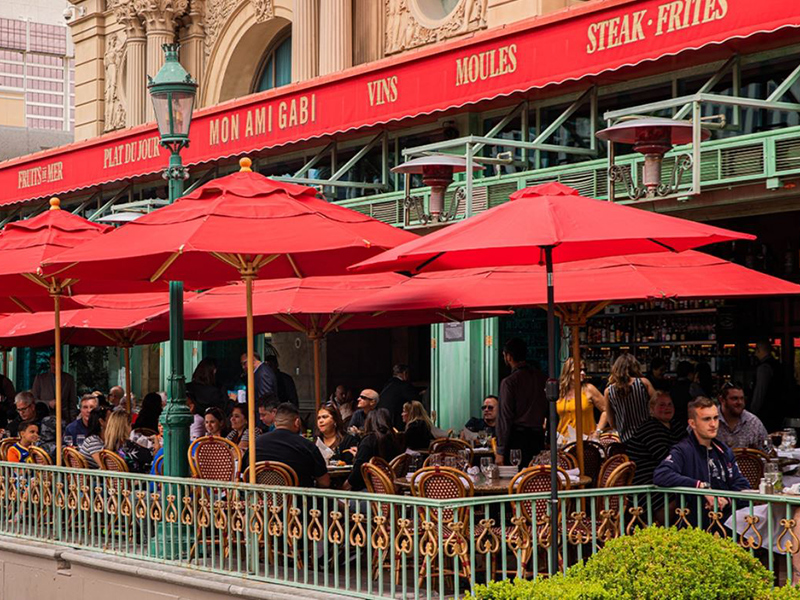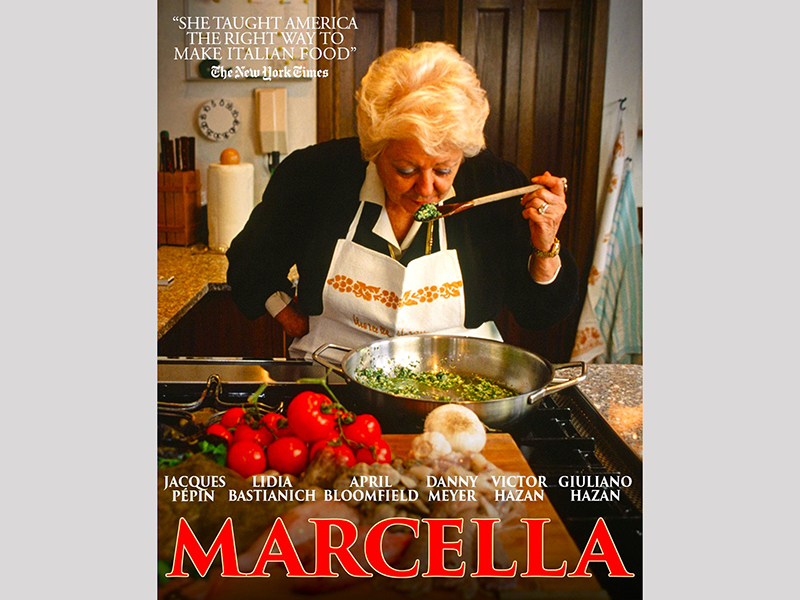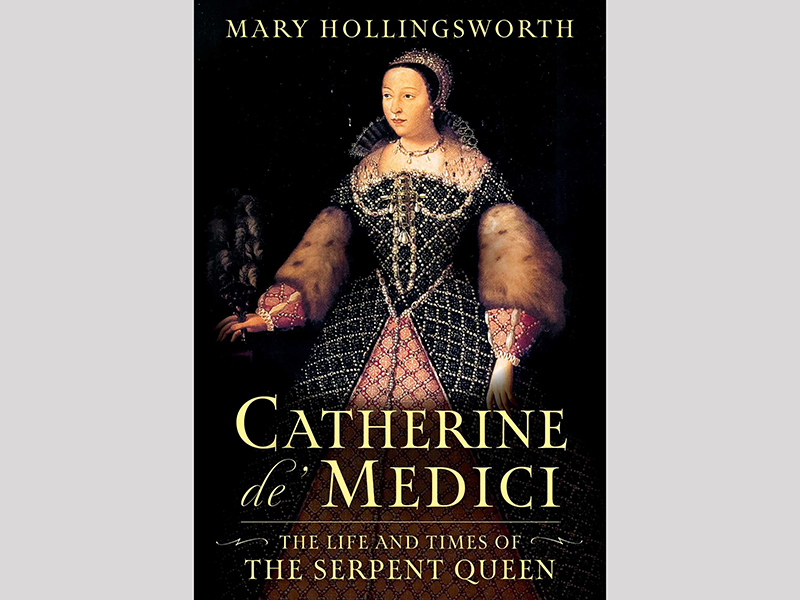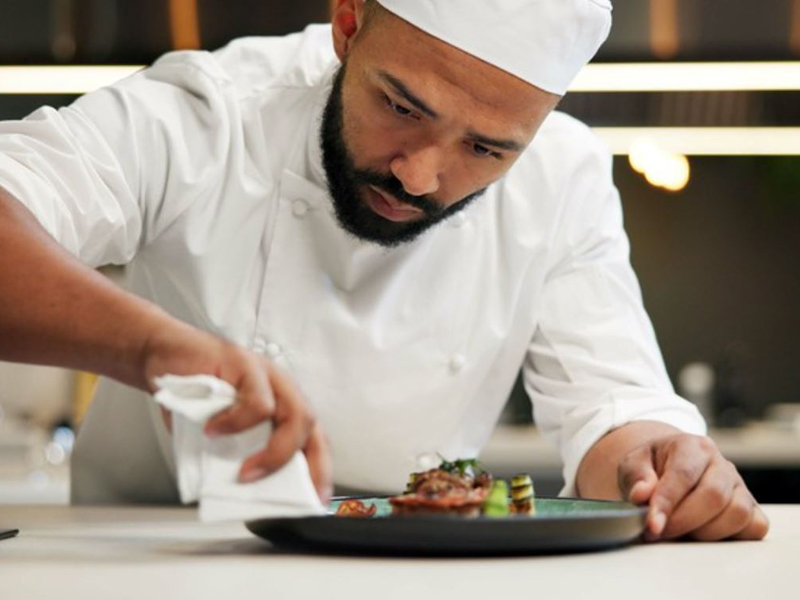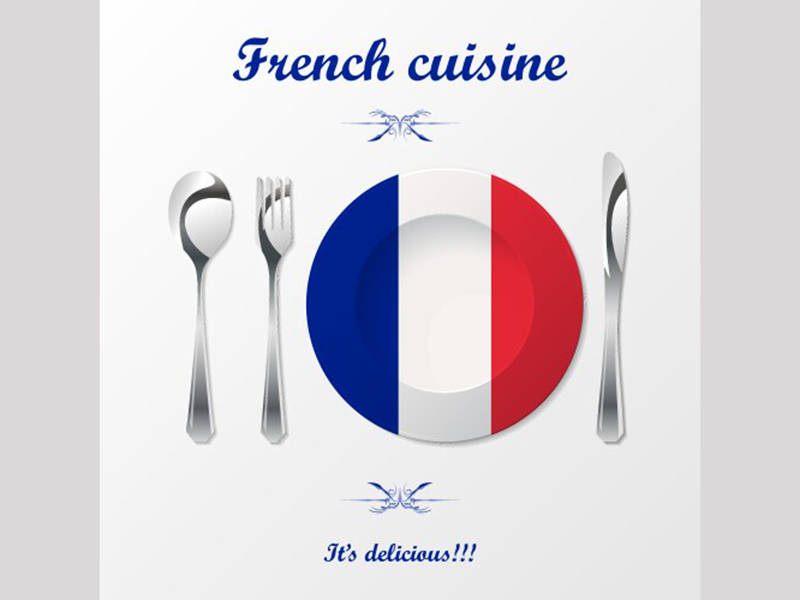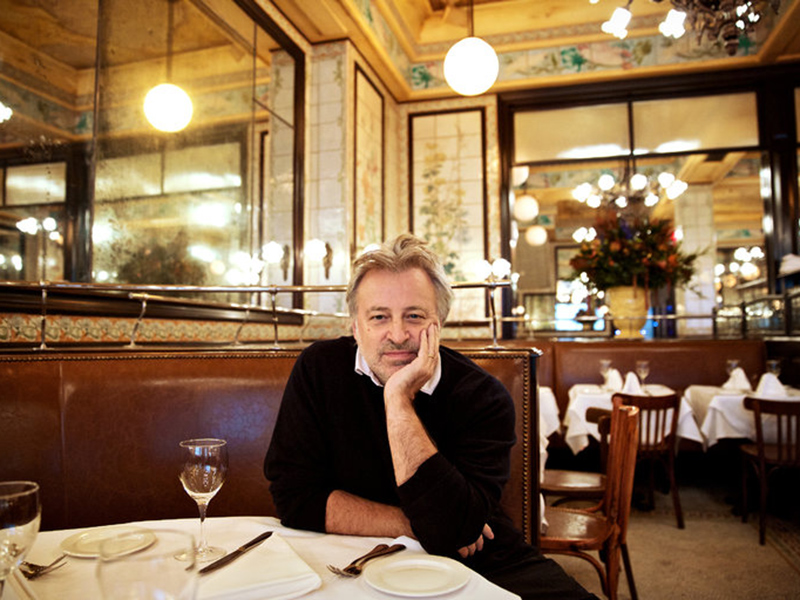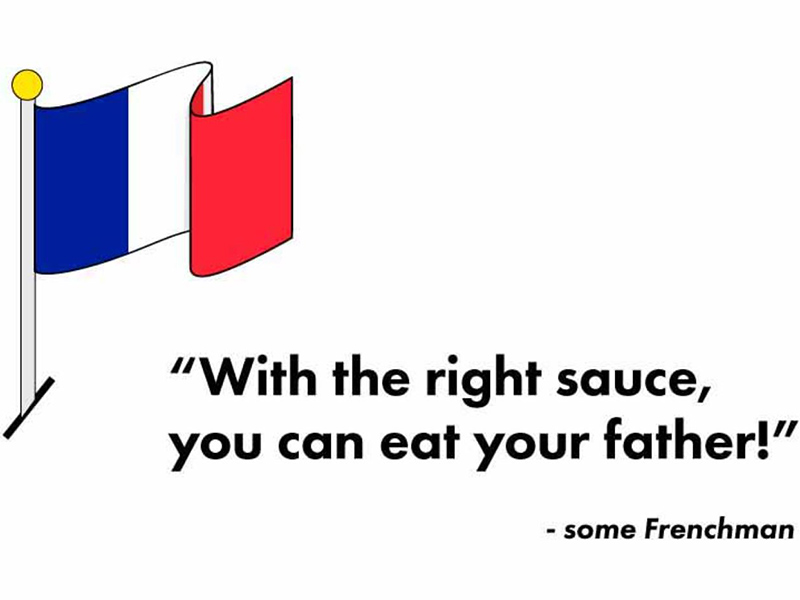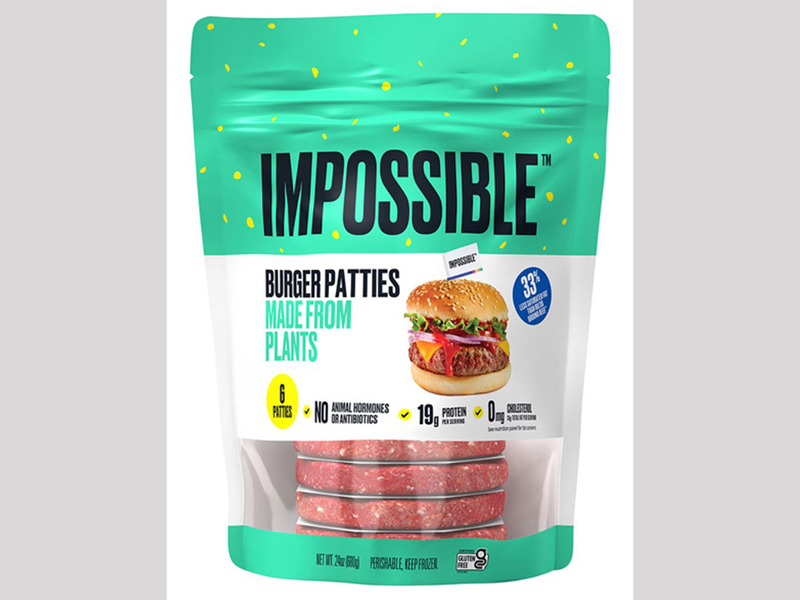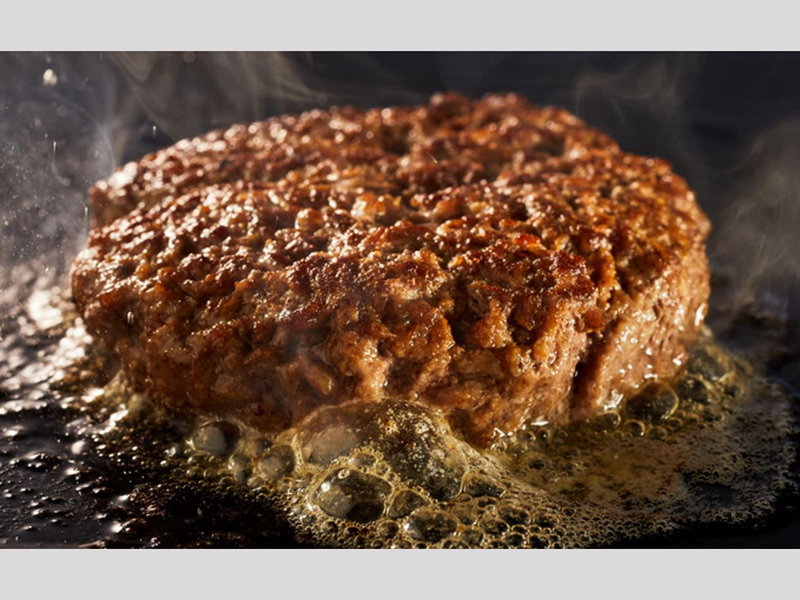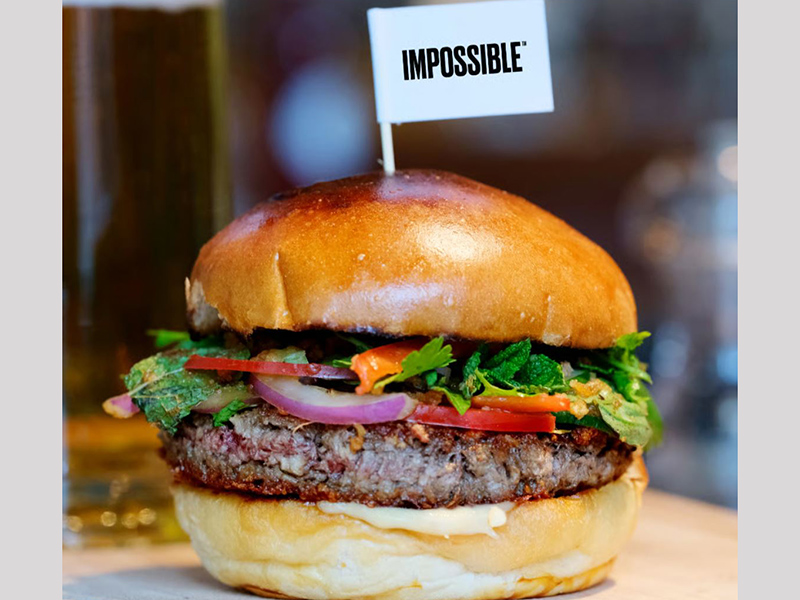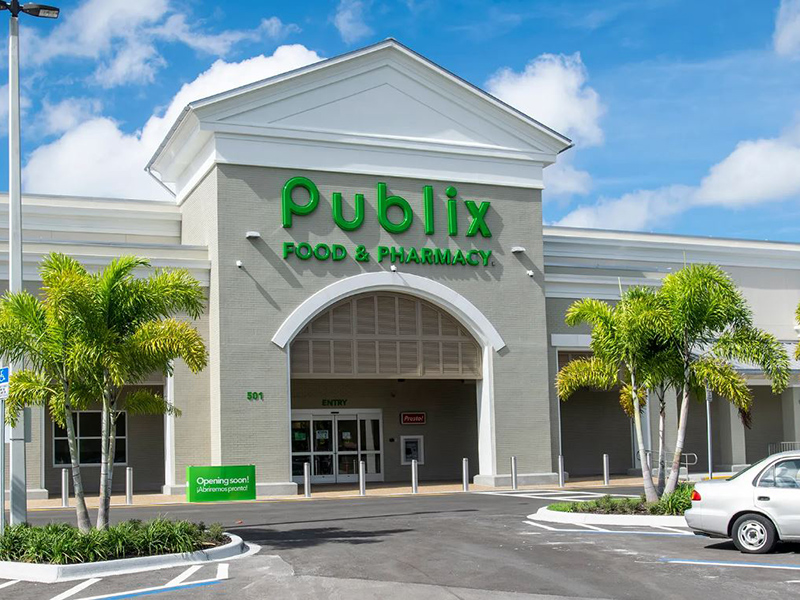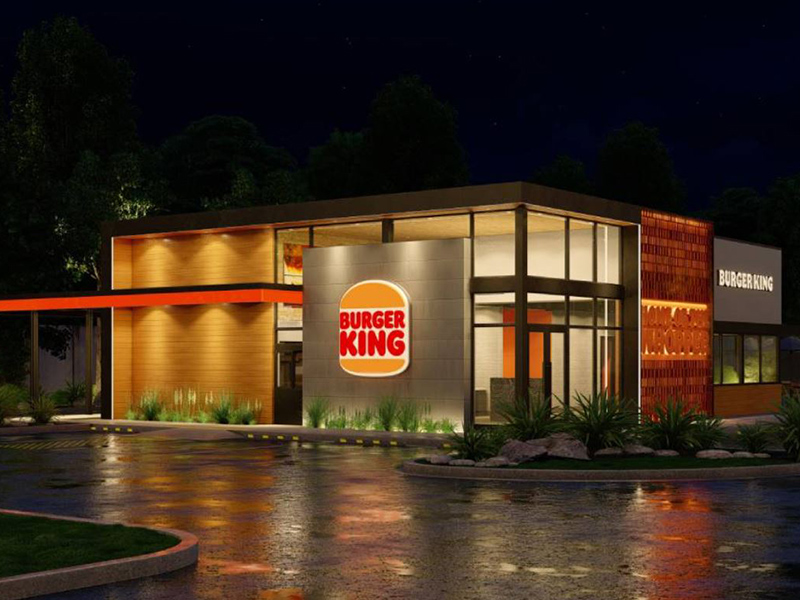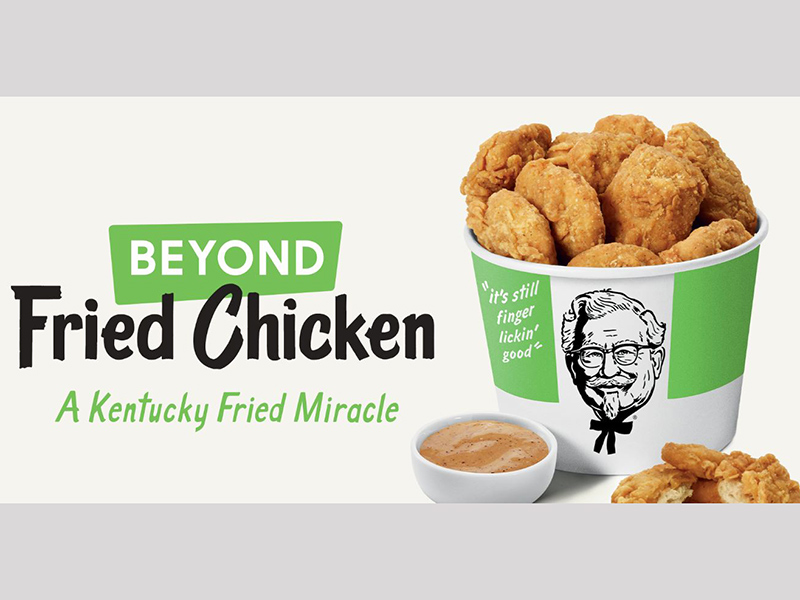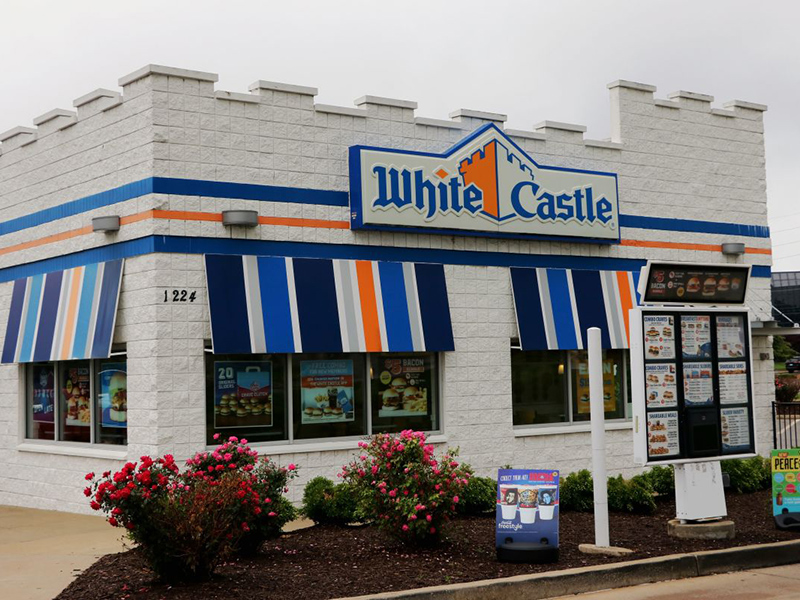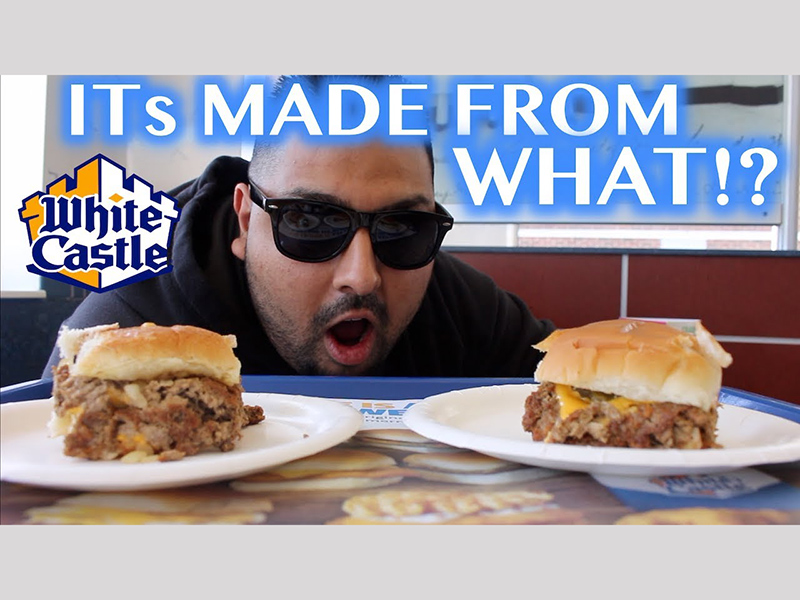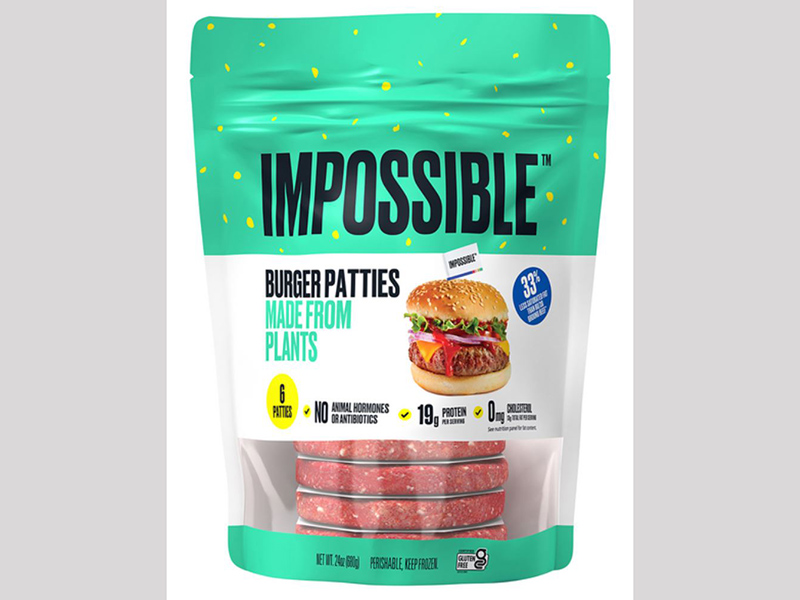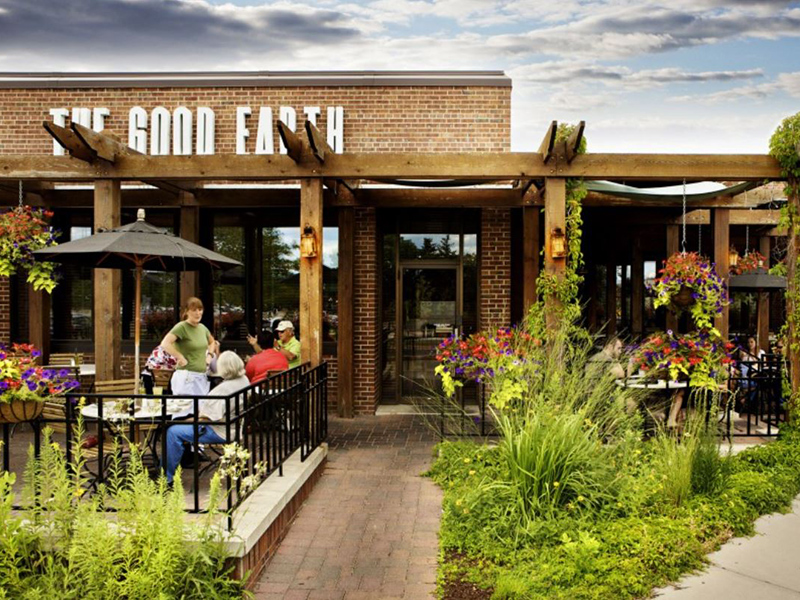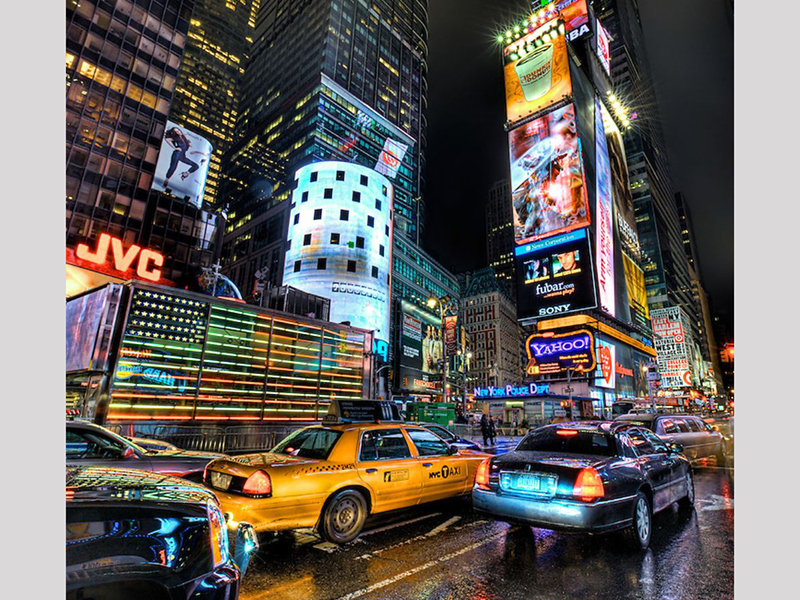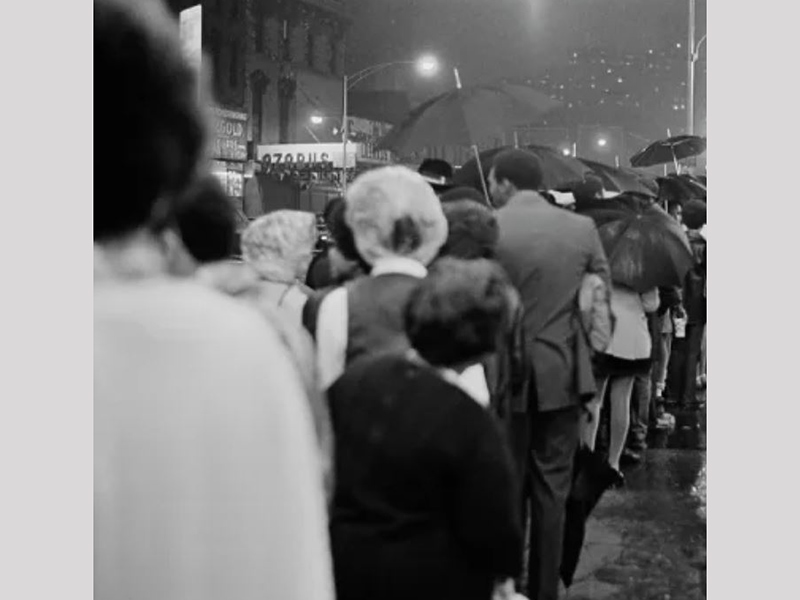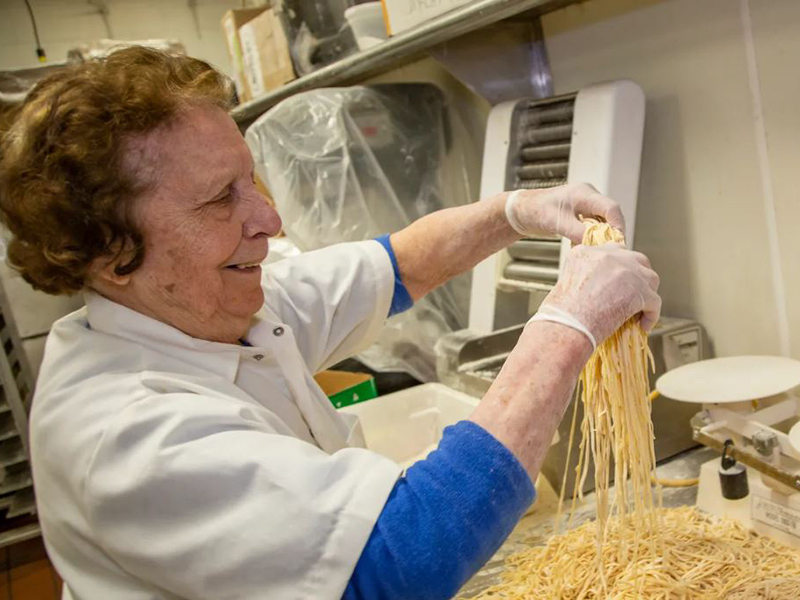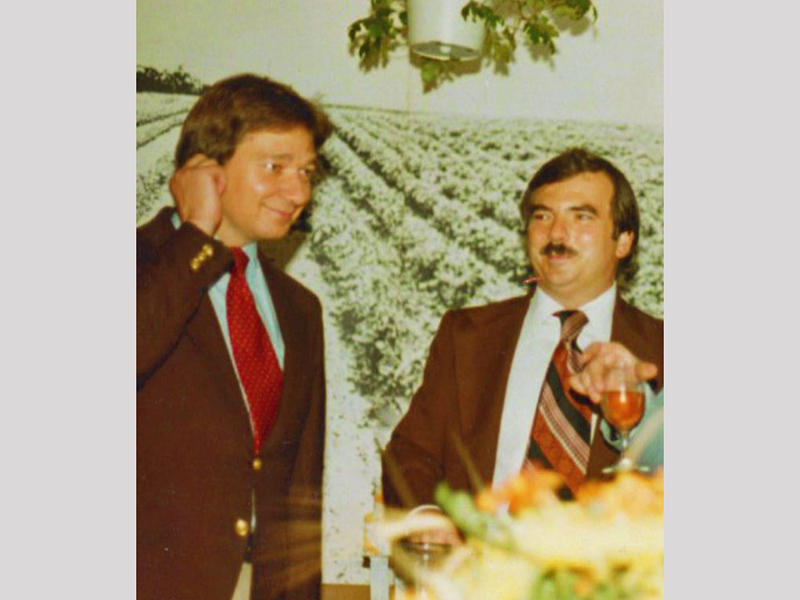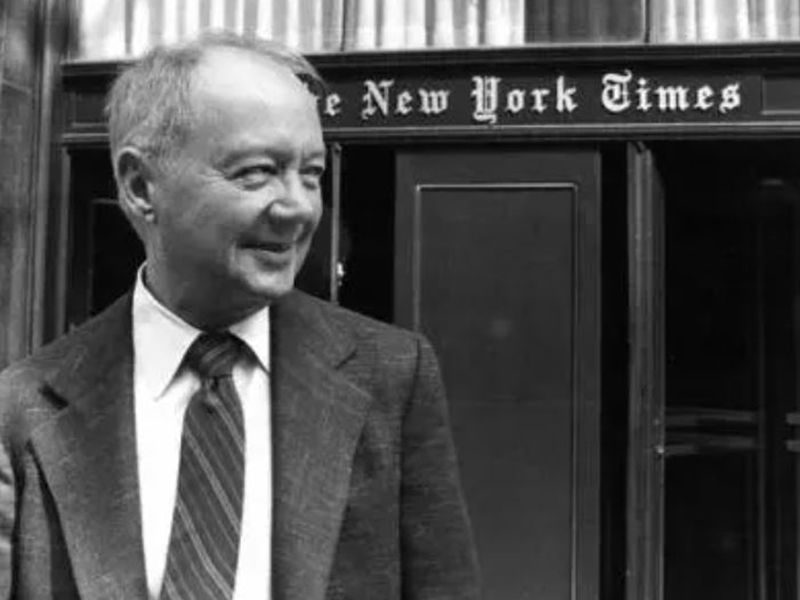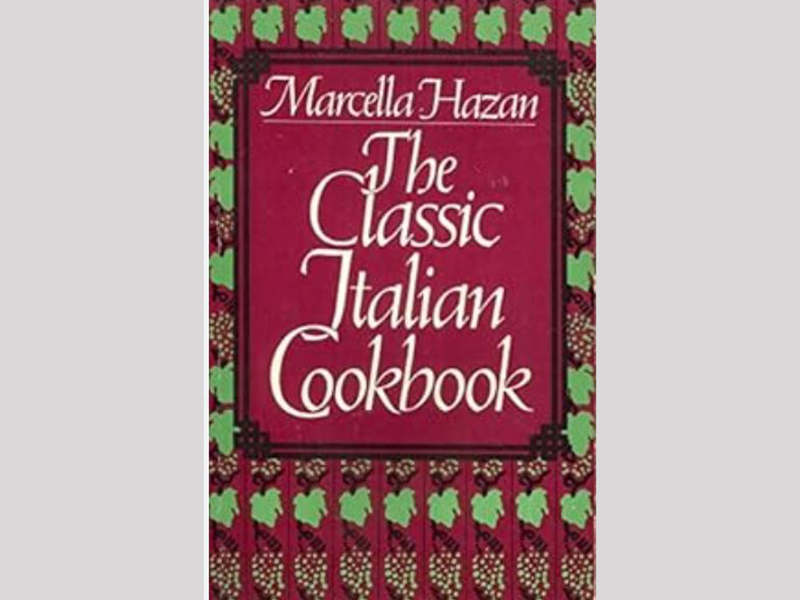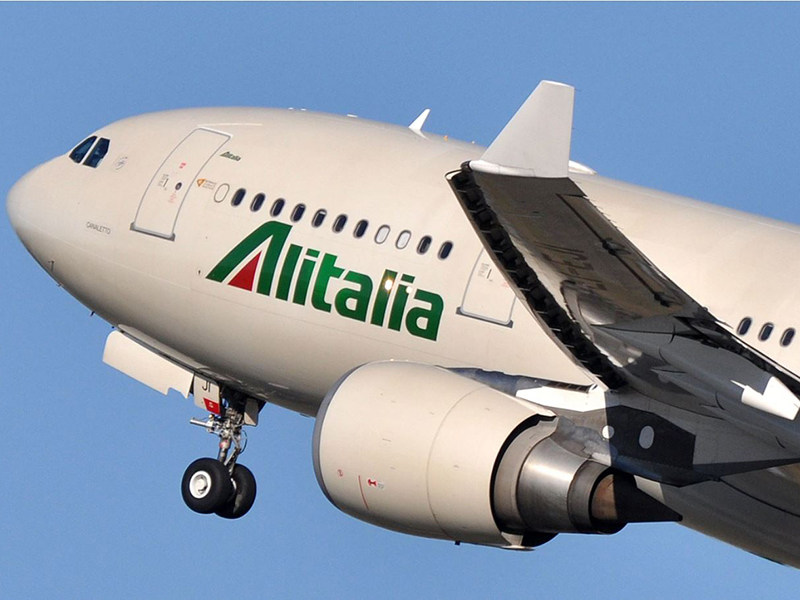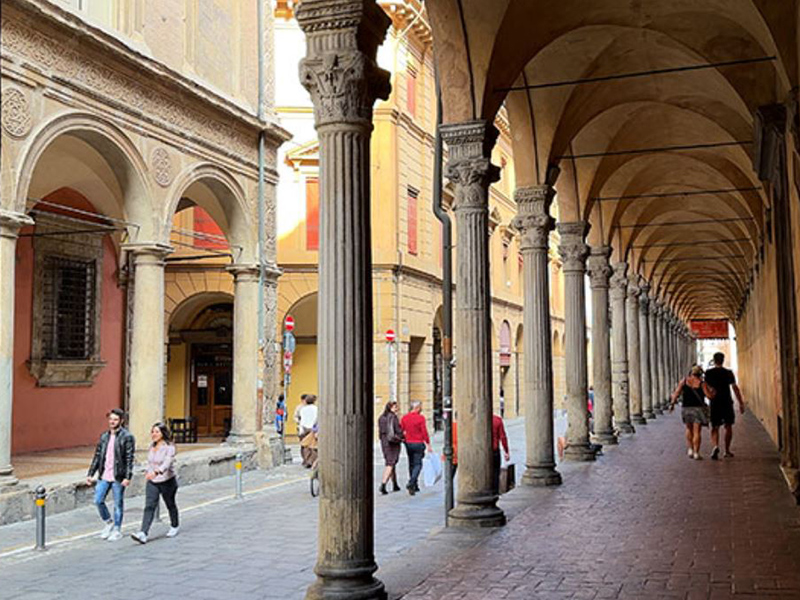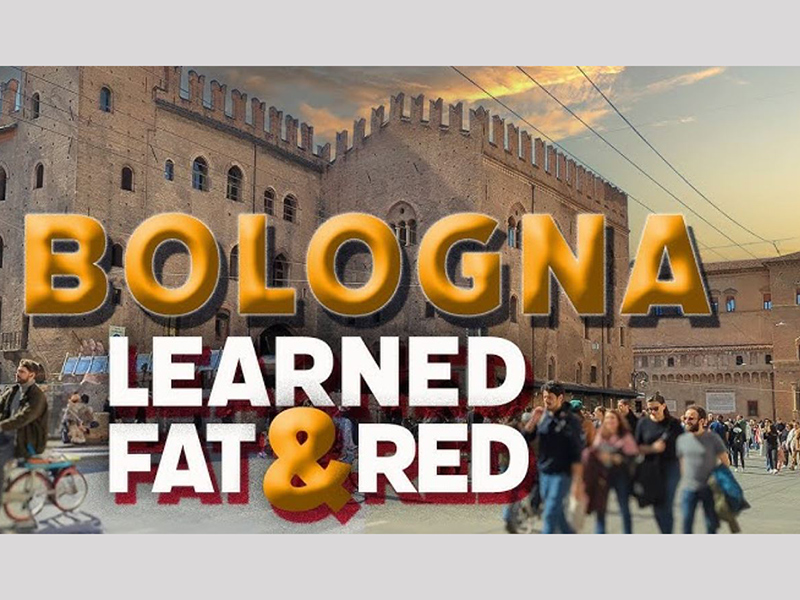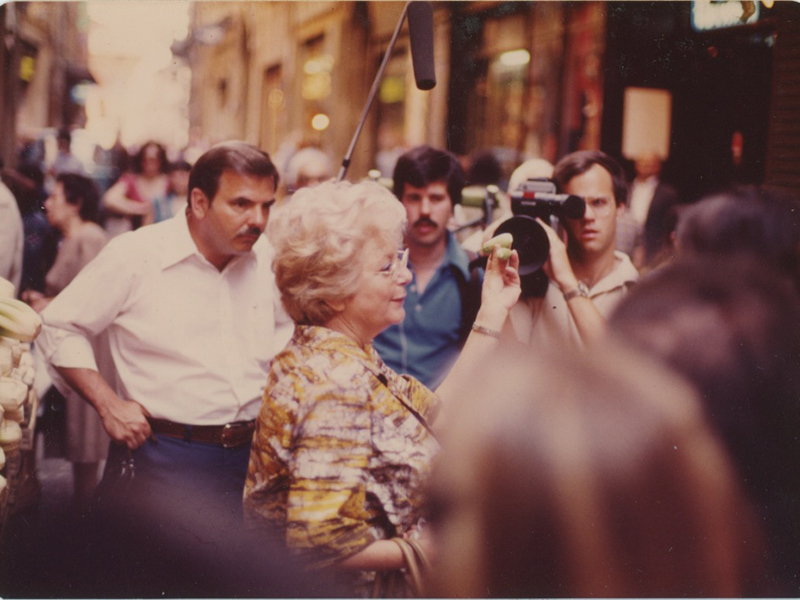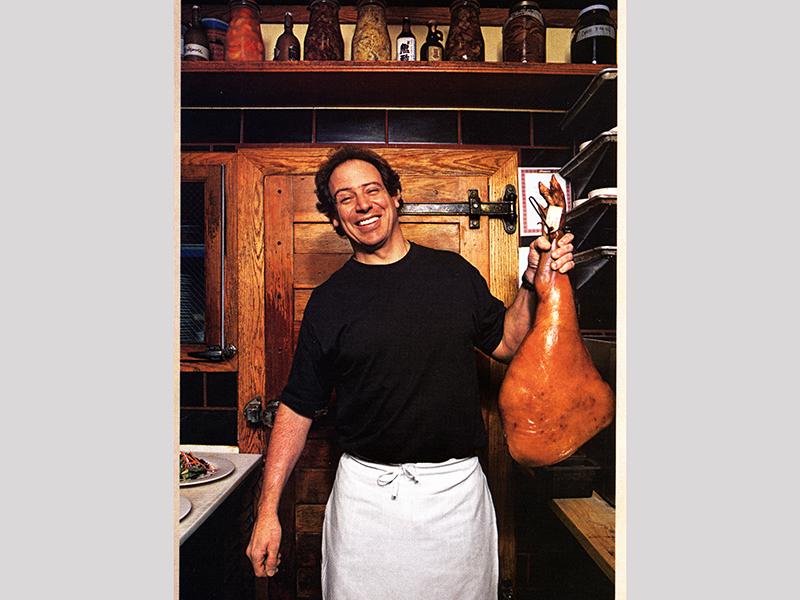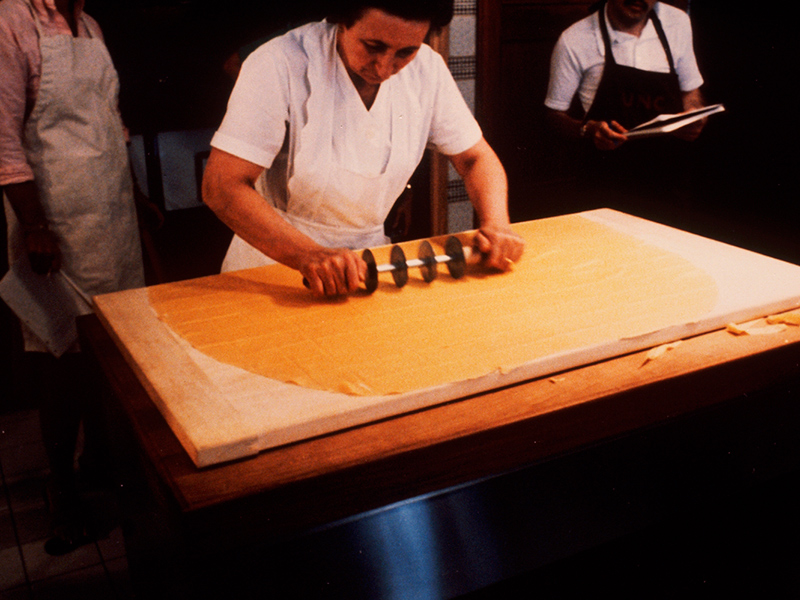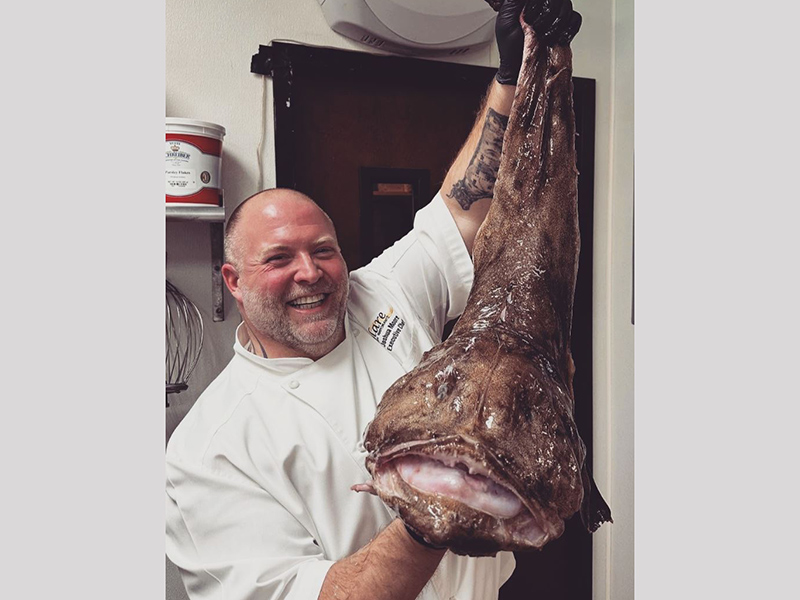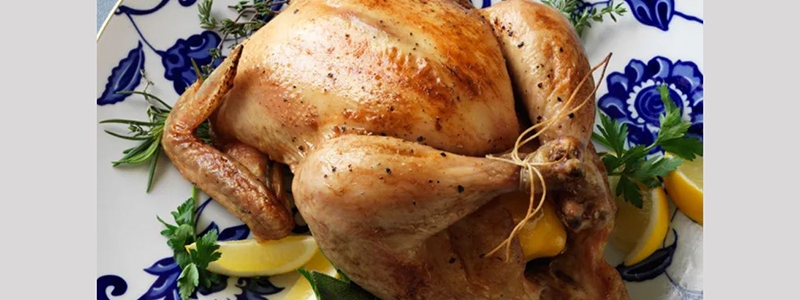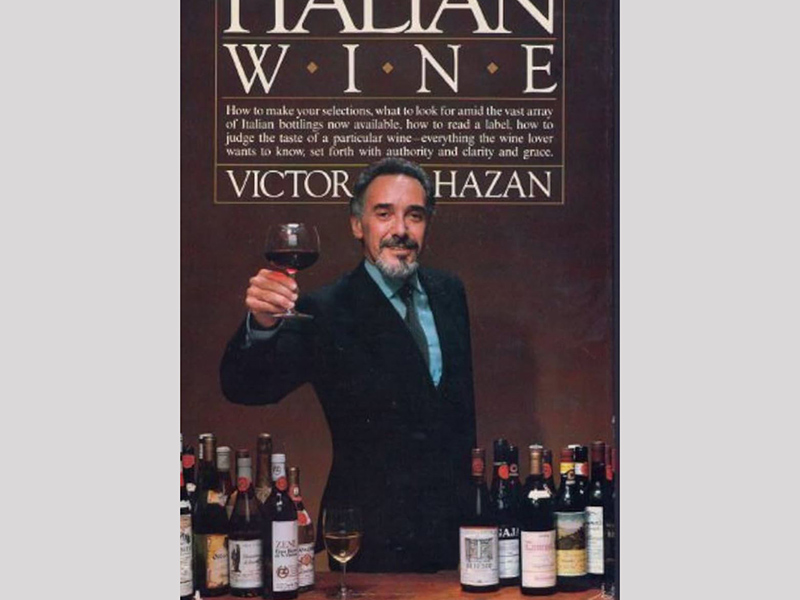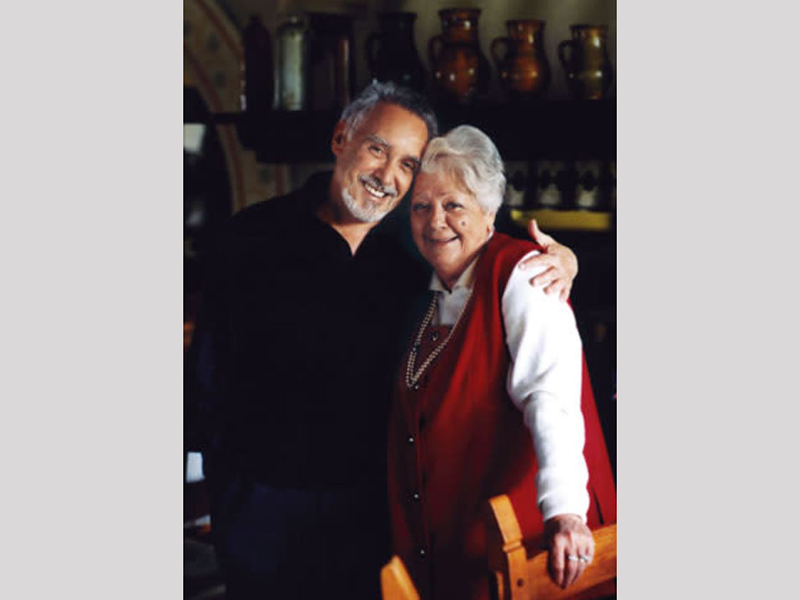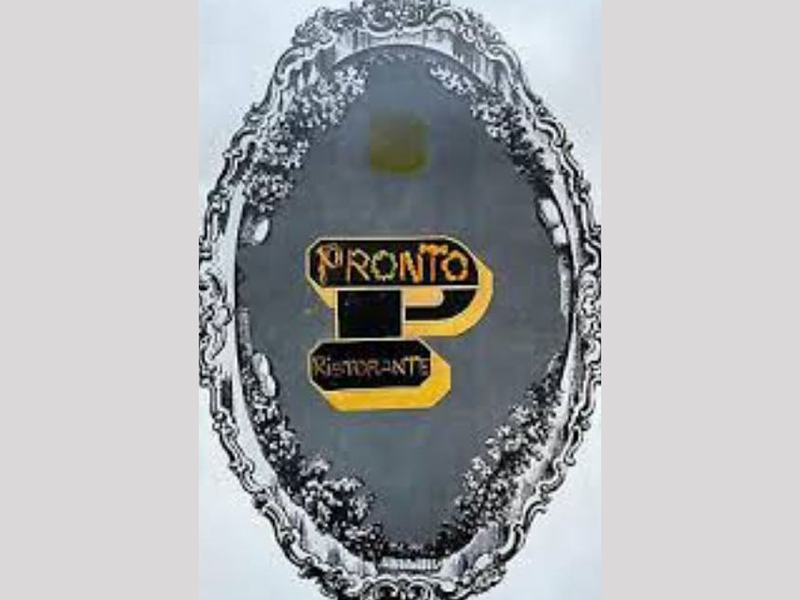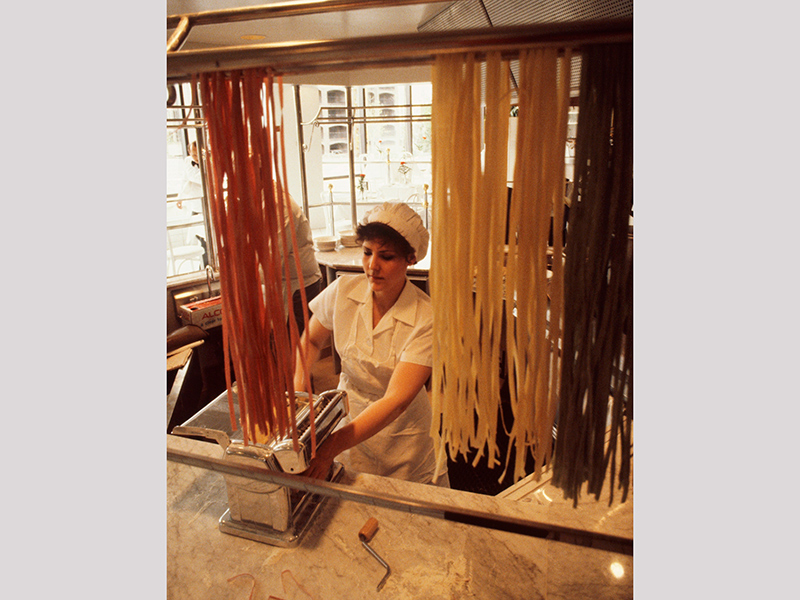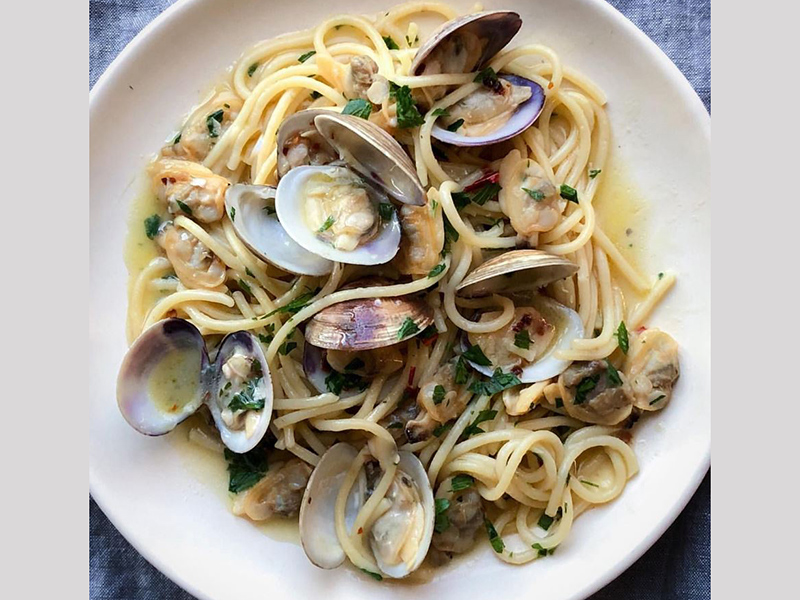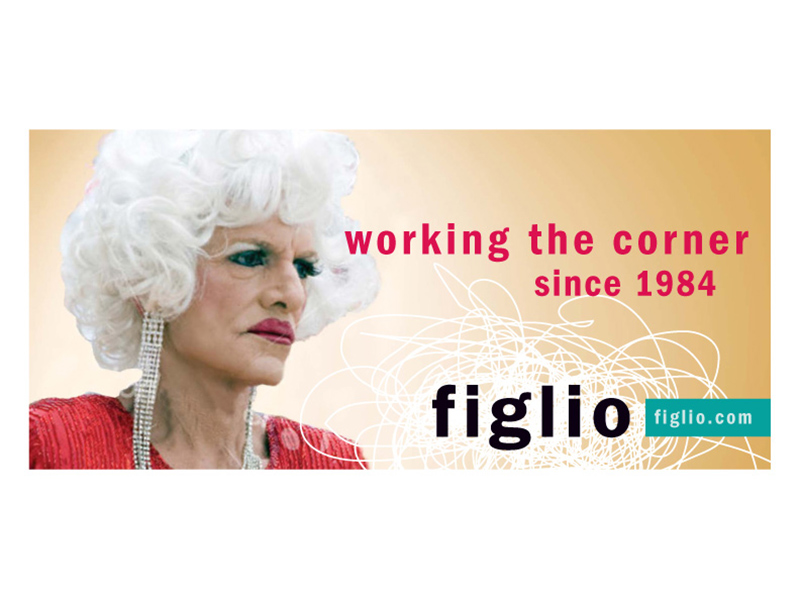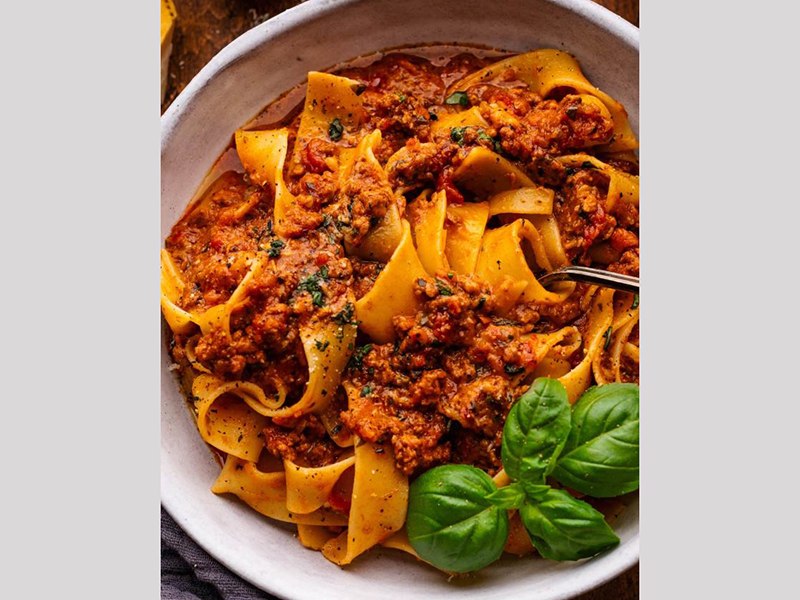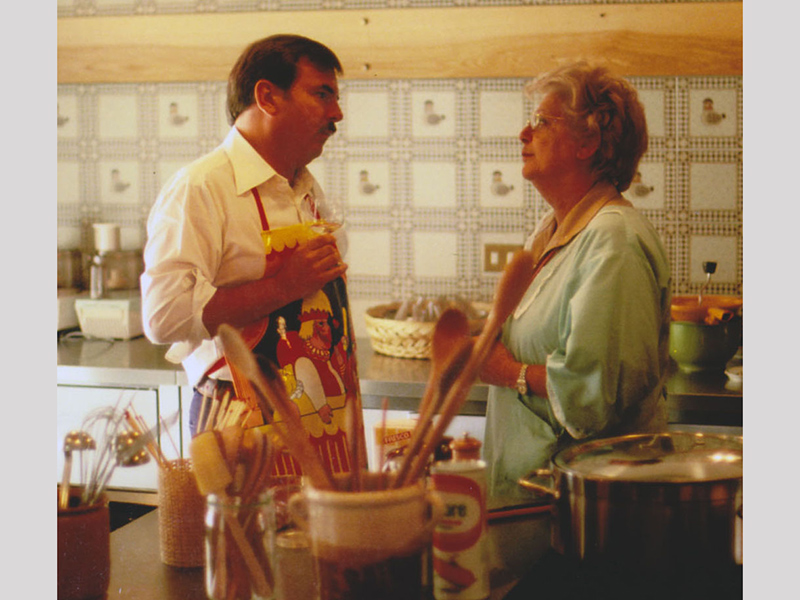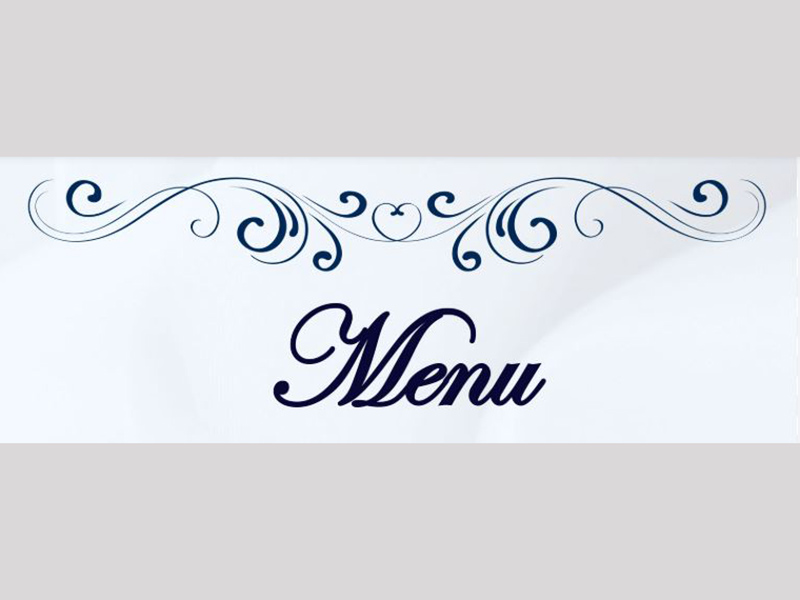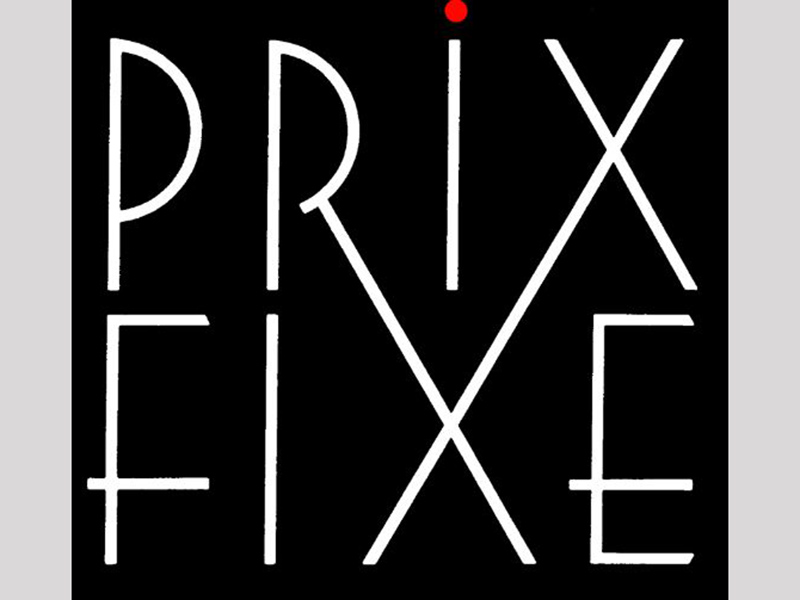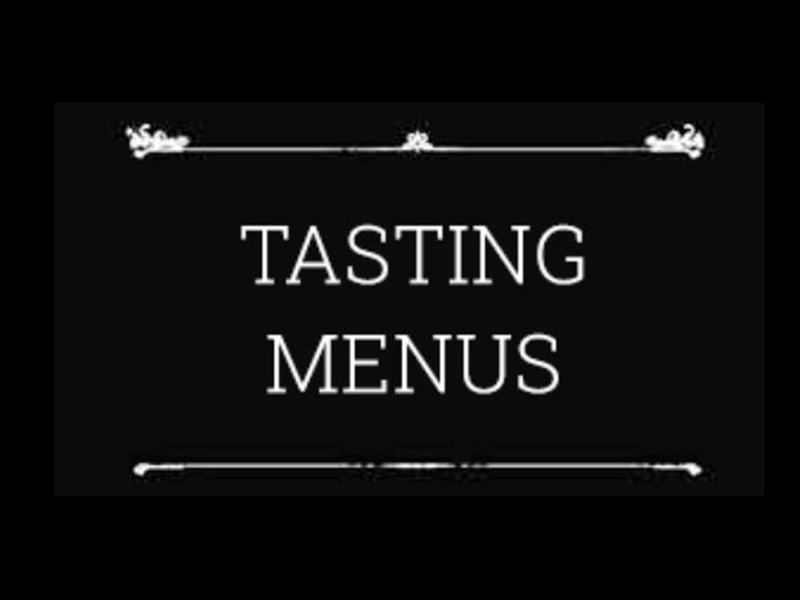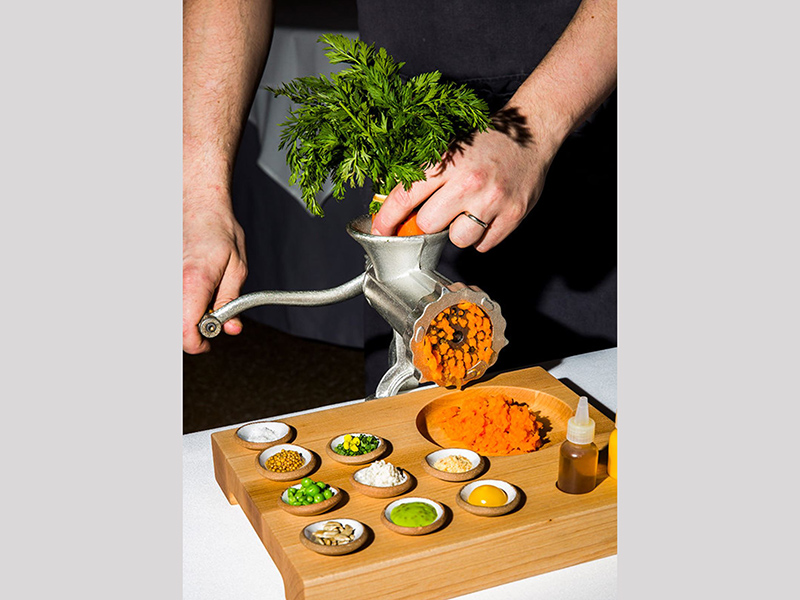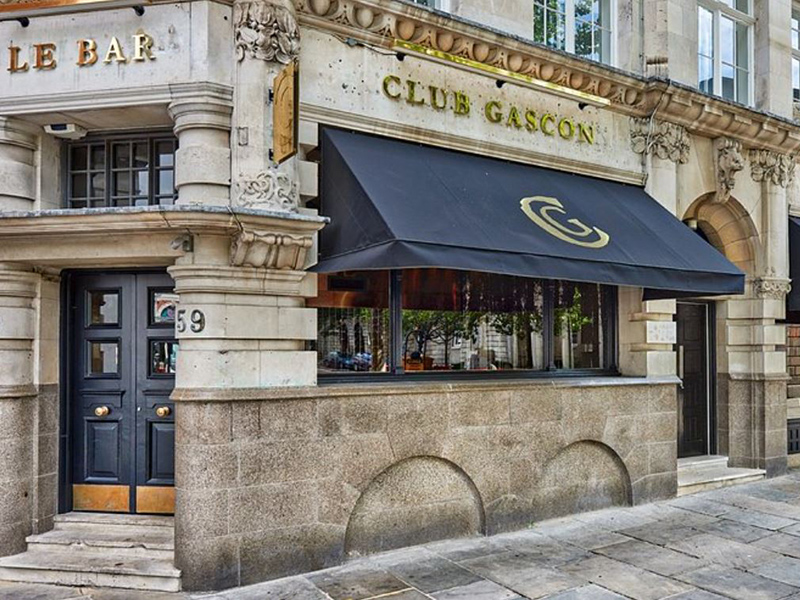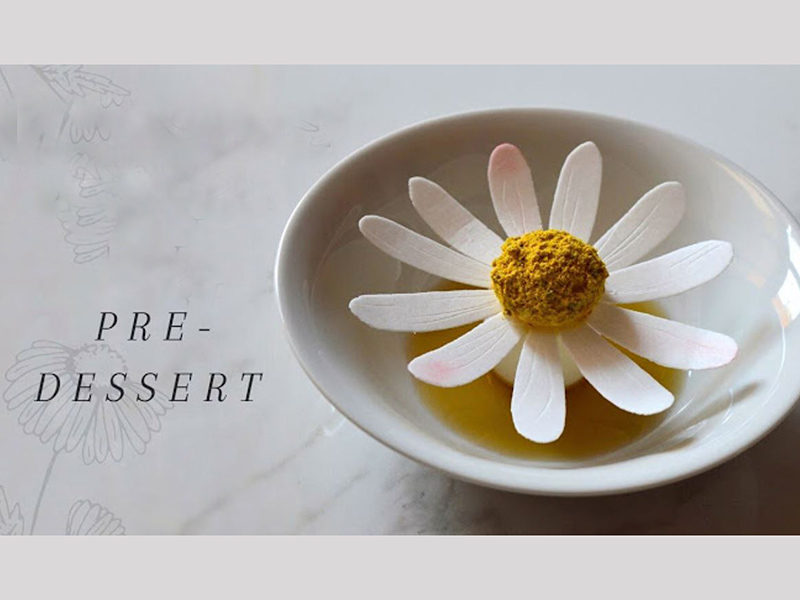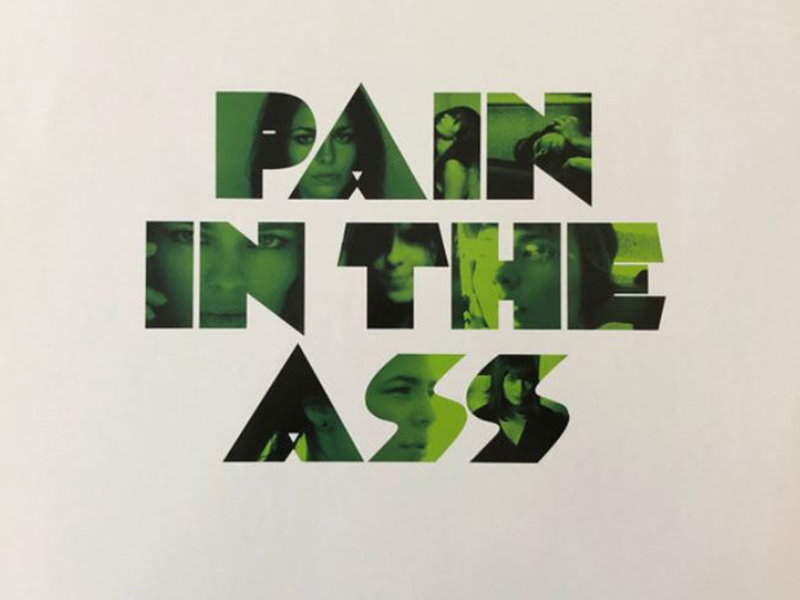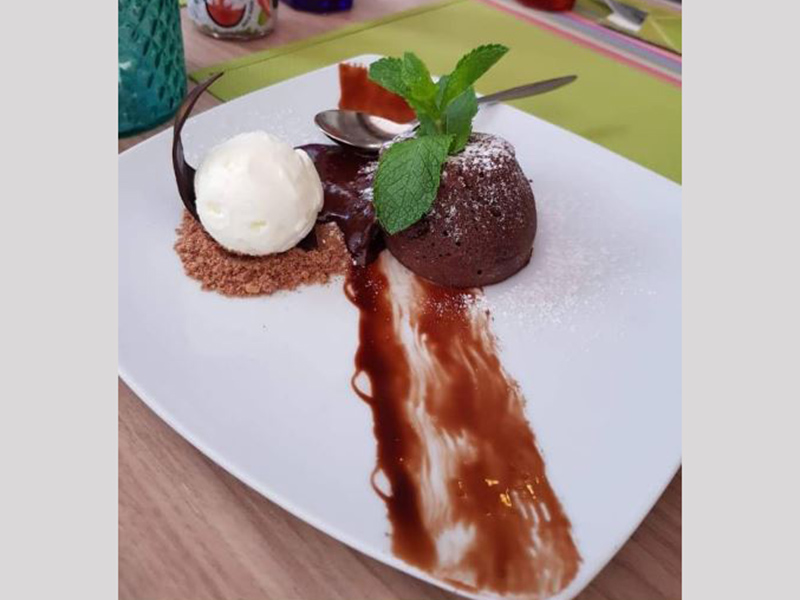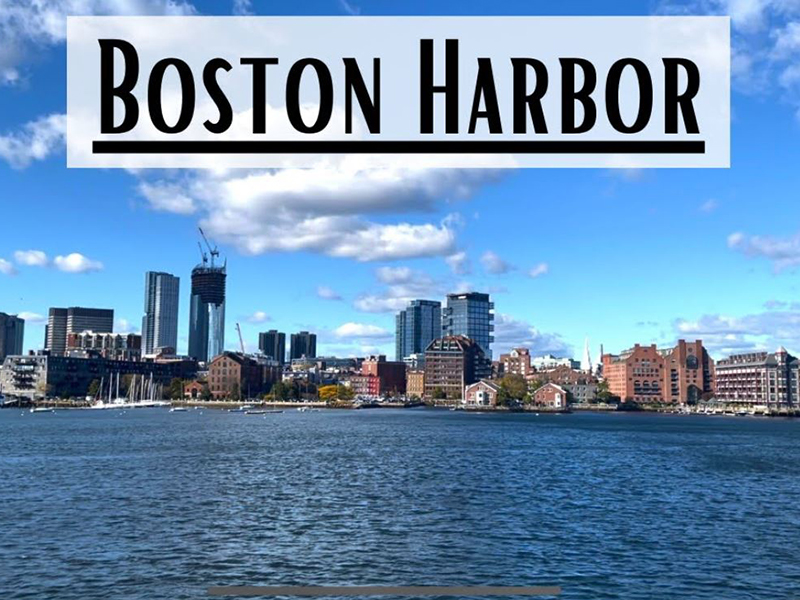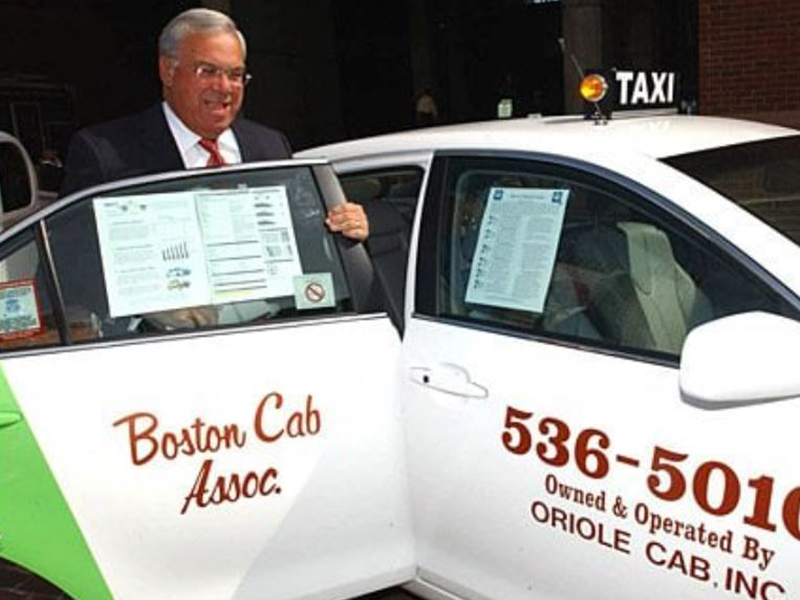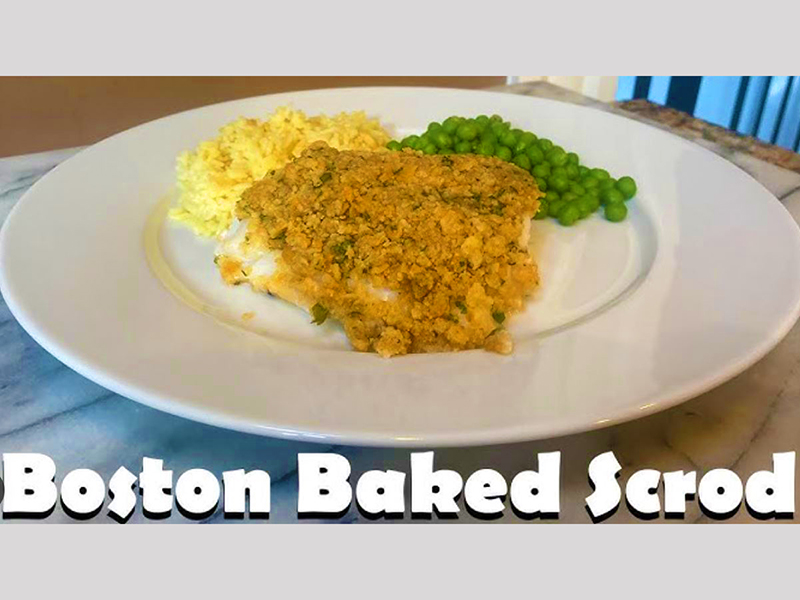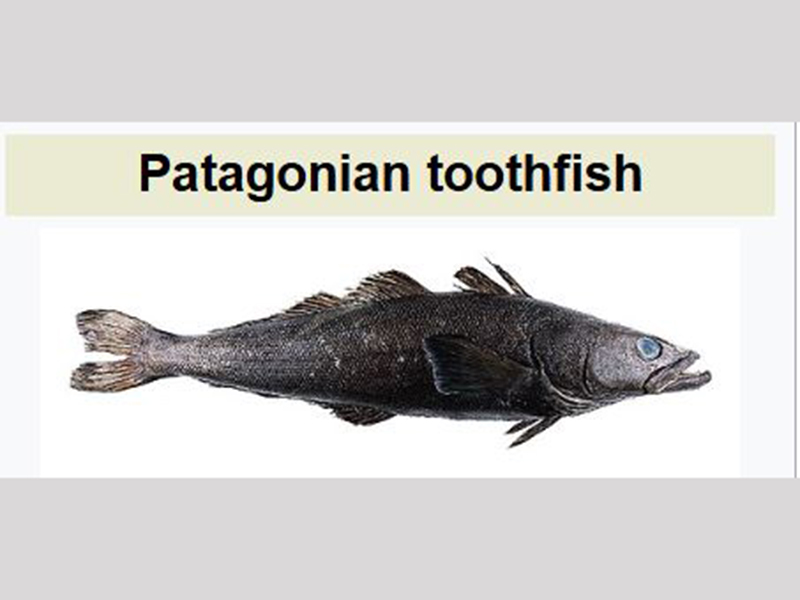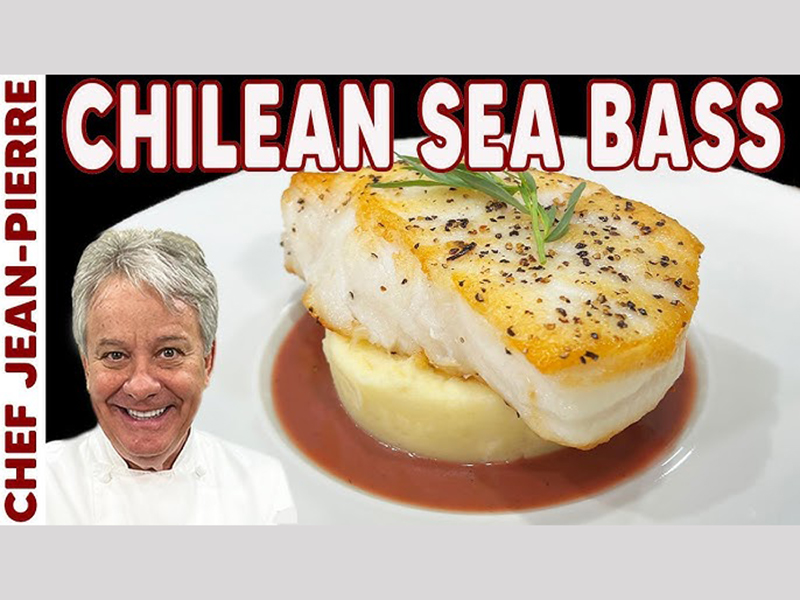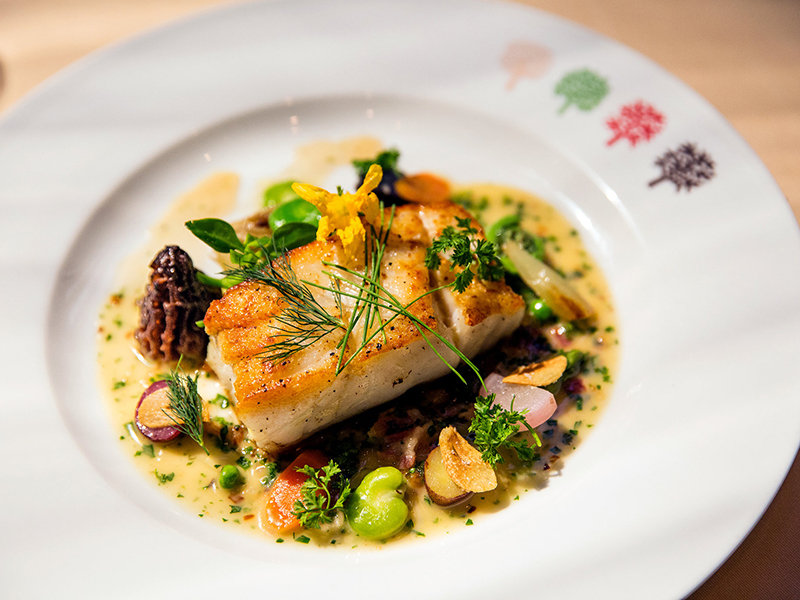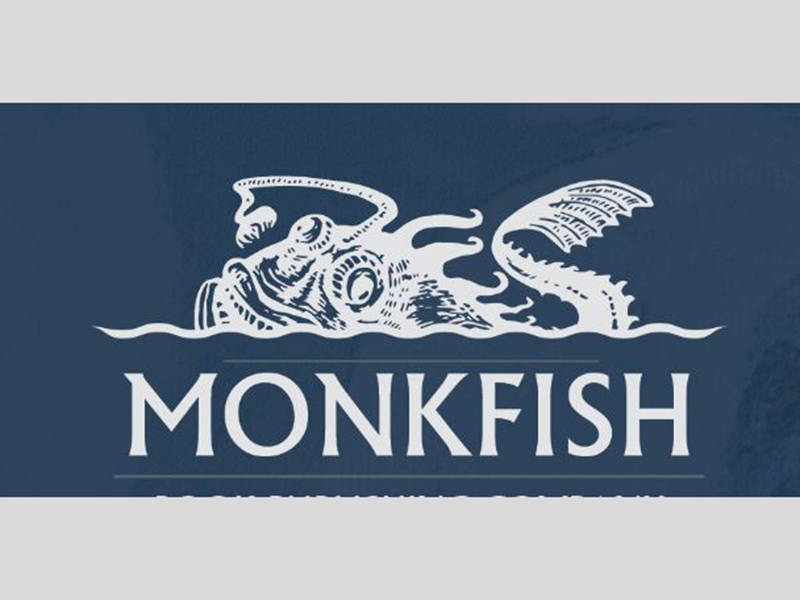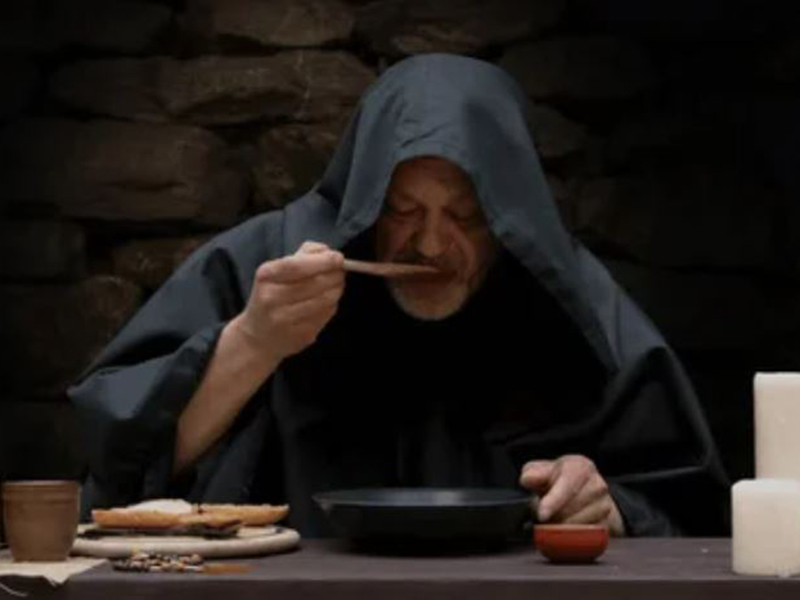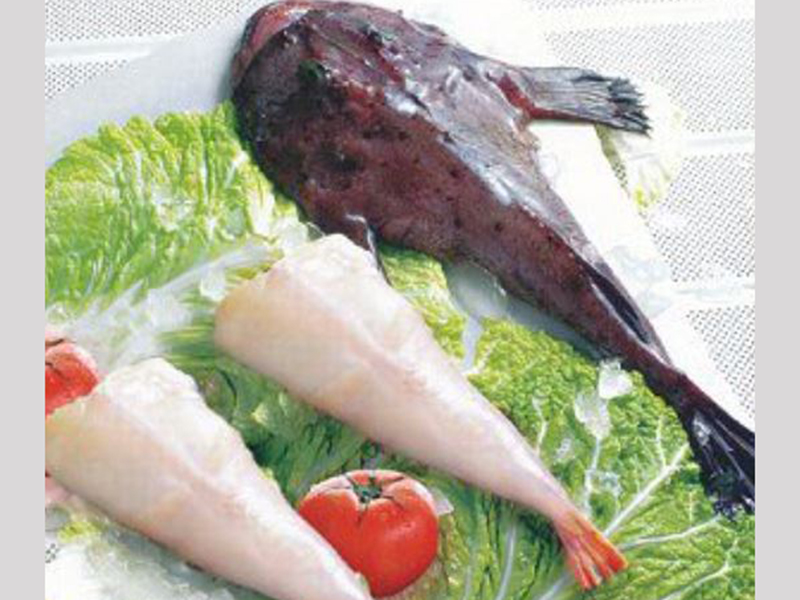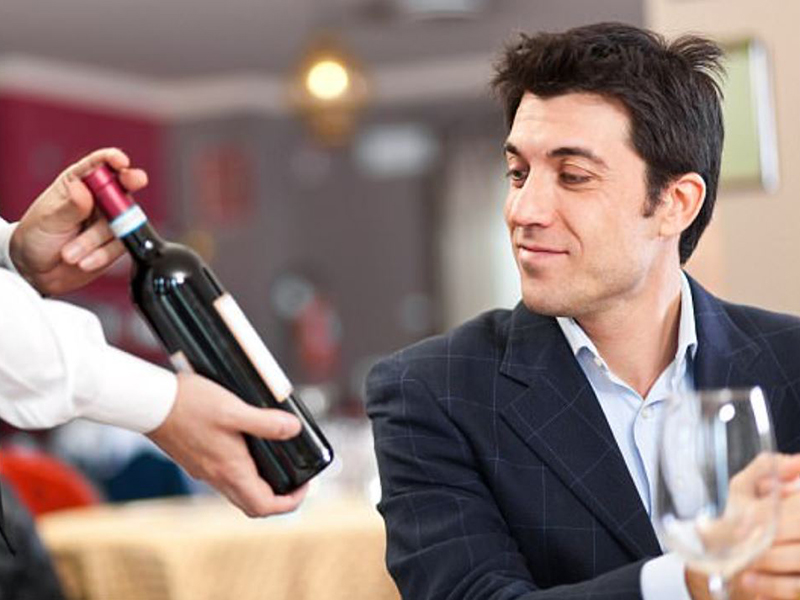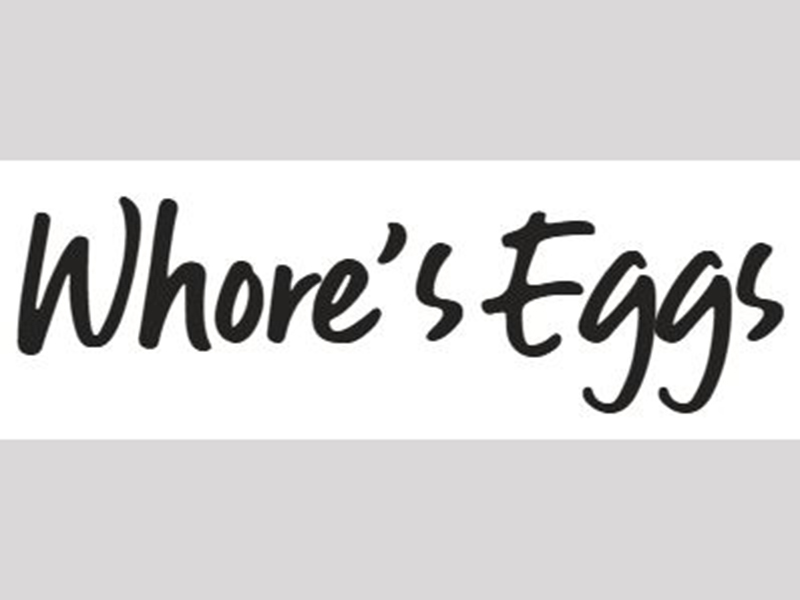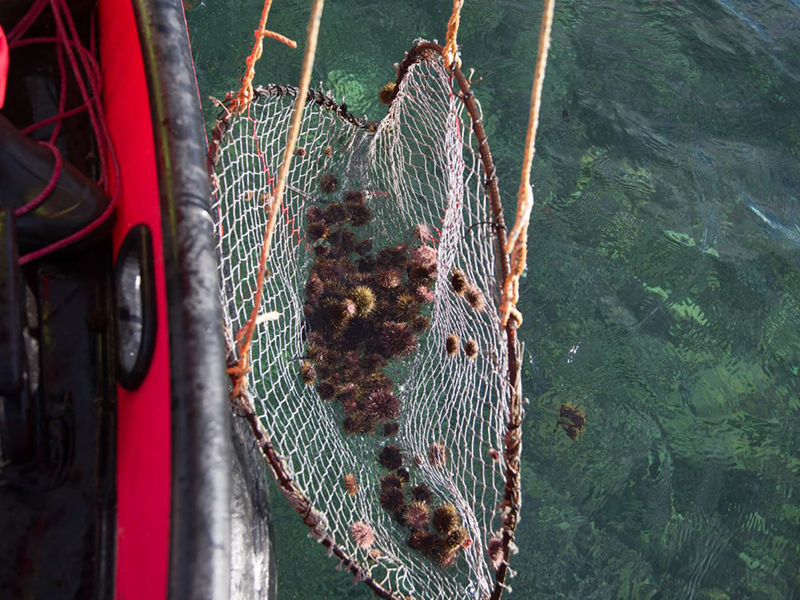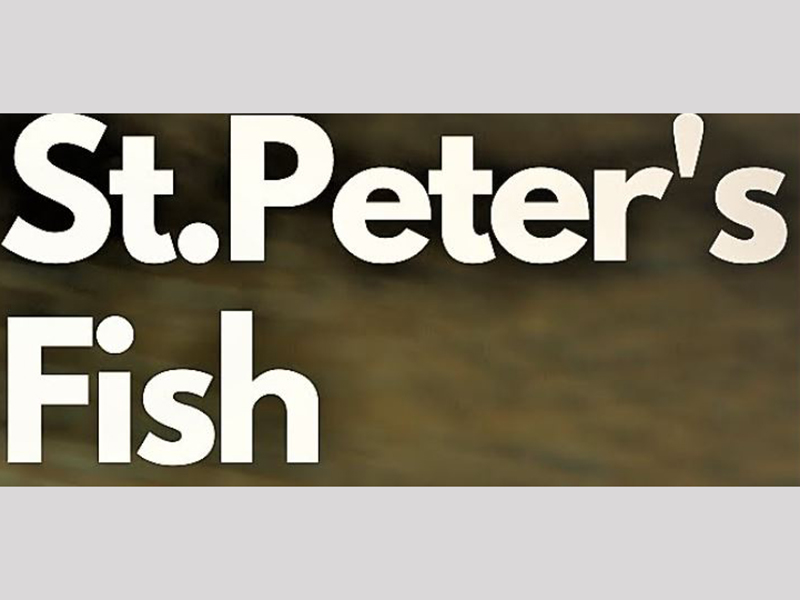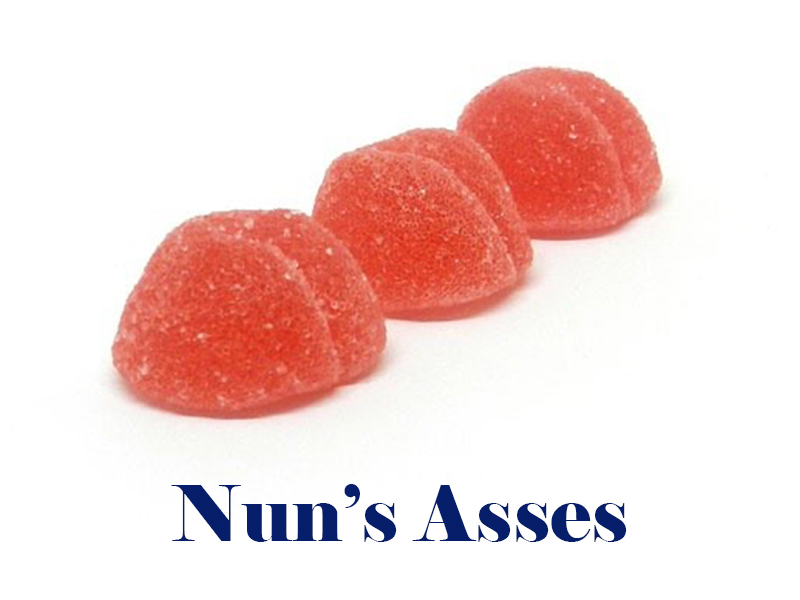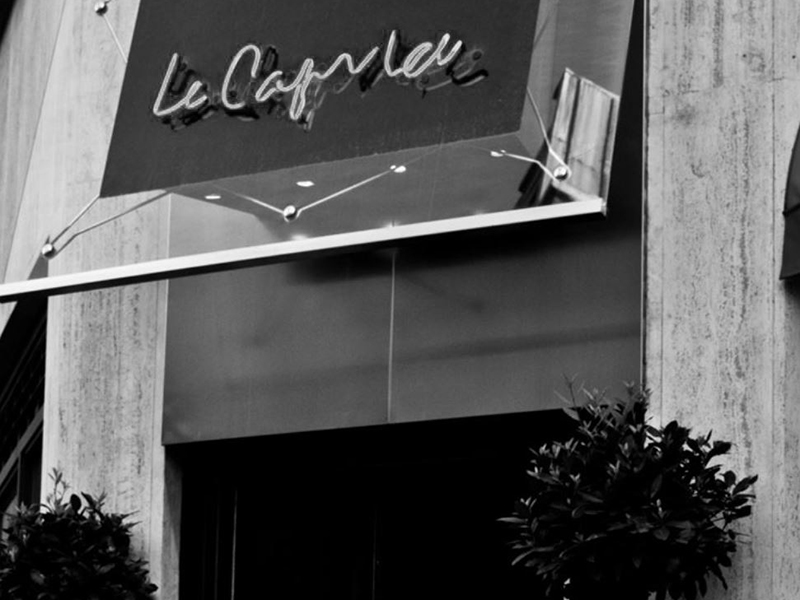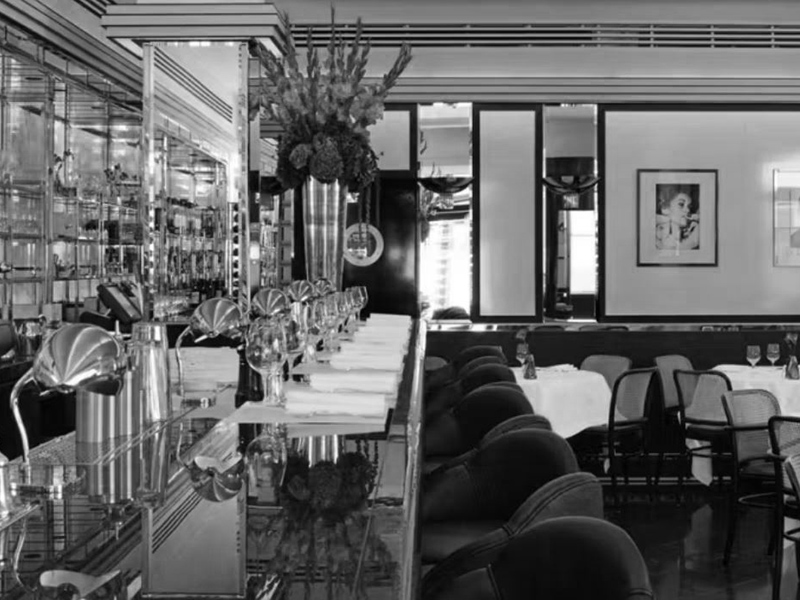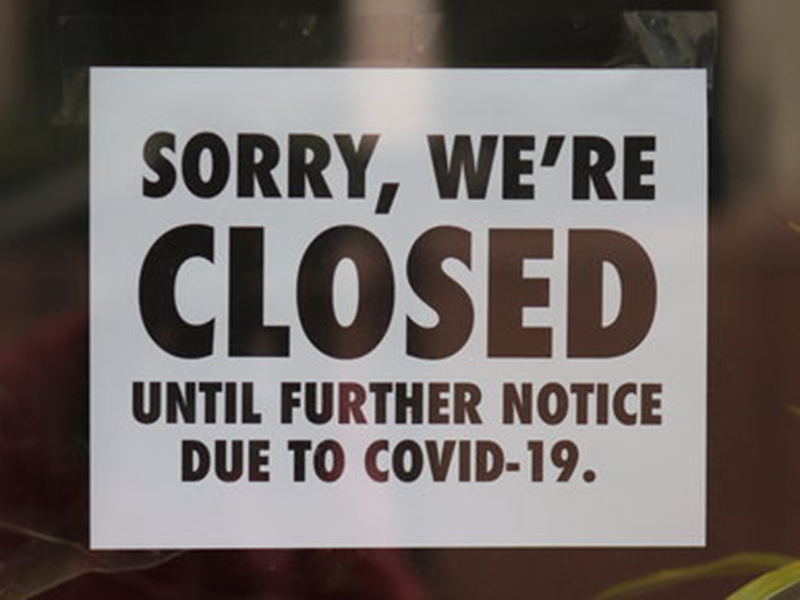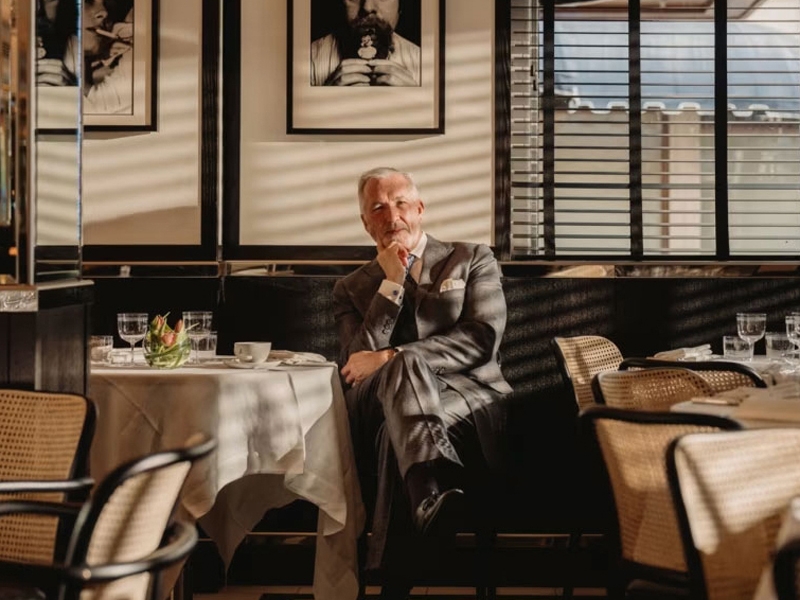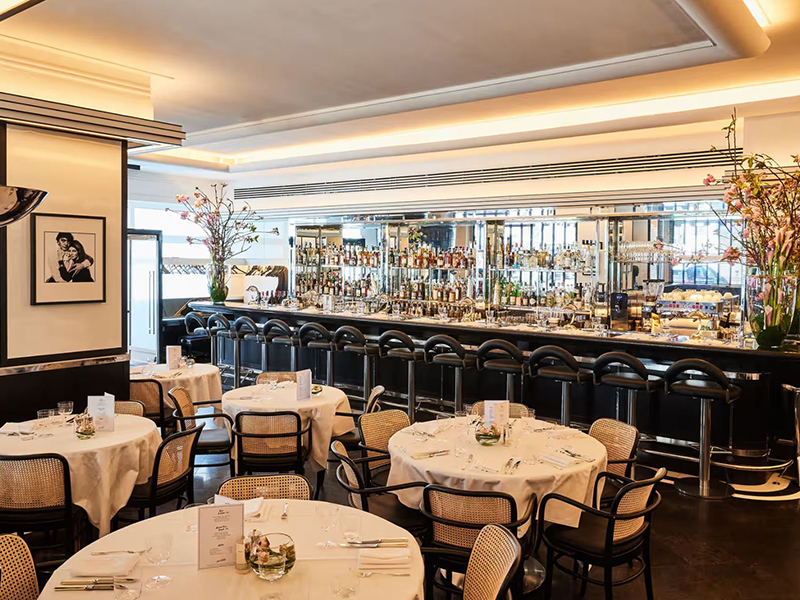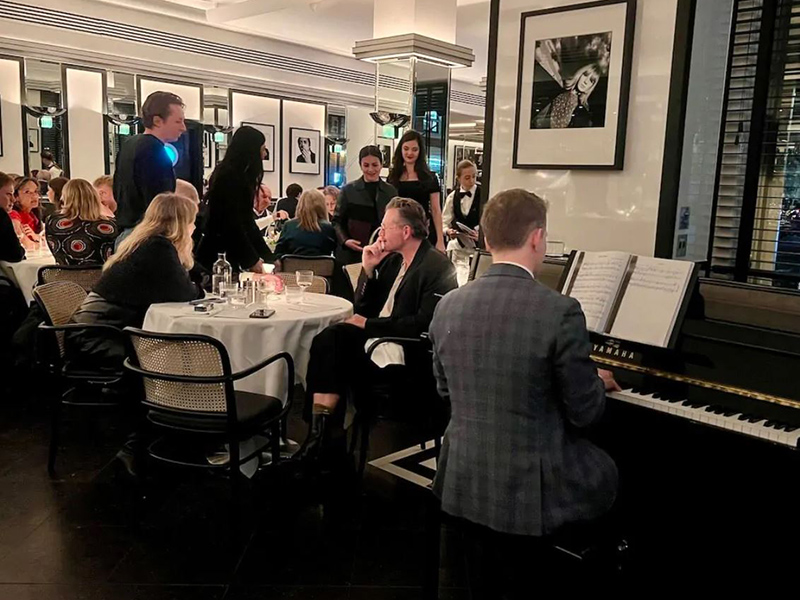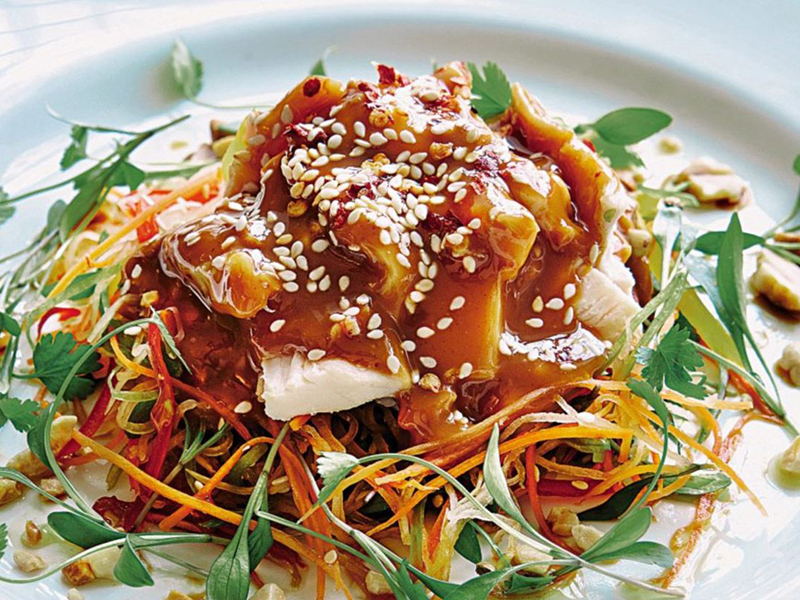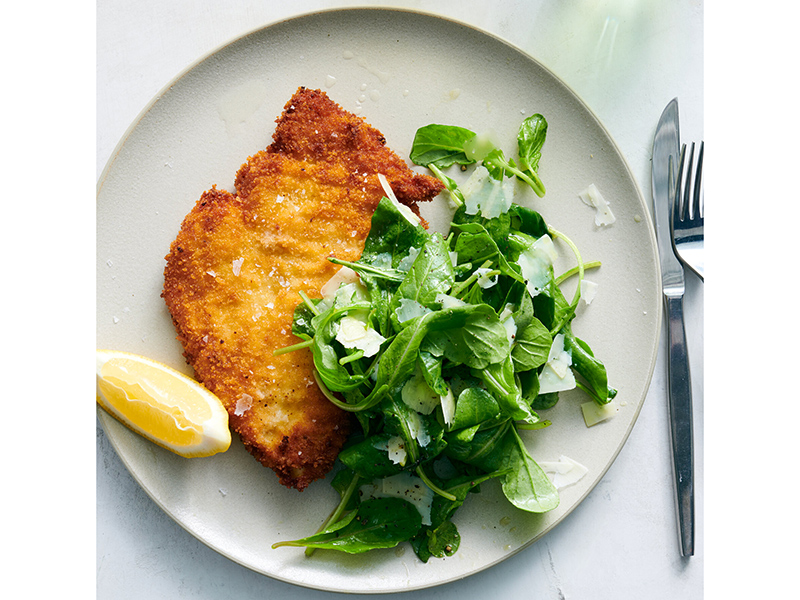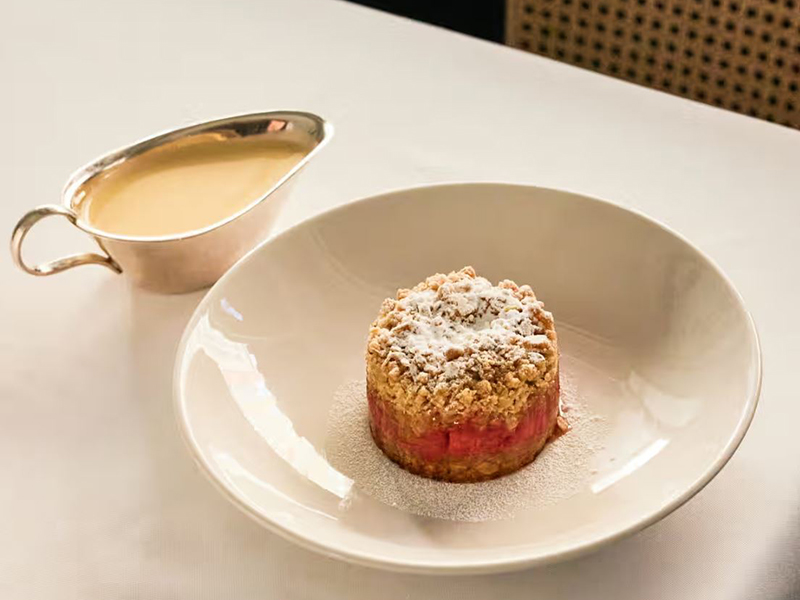It’s no secret that Joanne and I love traveling to London.
Over the past 20-30 years (and at least that many visits), we’ve observed stodgy old London’s transformation into one of the most influential restaurant cities on the planet. What was once a culinary backwater known for bland, uninspired and overcooked food has become a global powerhouse driven by immigration, globalization and chefs who have embraced diverse ingredients and techniques.
Think Heston Blumenthal, Helene Darroze, Gordon Ramsay and Jason Atherton, just to name just a few.
Joanne and I have been so fortunate to be able to go along for the ride. Yet all the while, we never paid much attention to the local pubs.
Well, this post is ALL ABOUT PUBS. So pour yourself a cask ale and read on…
While the Romans, when they were in what is now England, may have been the first to open tavern-like spots along the vast network of roads they built throughout the country, pubs, as we know them, are a more recent creature, one that emerged in the early 1800’s.
They were called PUBLIC HOUSES, establishments the served alcoholic beverages and limited food. Over time, “pub” came the universal shorthand for “public house.”
And although the vast majority were run by Mom and Pop, that began to change in the latter half of the 20th century when increased industry competition prompted the major breweries to buy up independent pubs as a way to control and ultimately secure the beer business for themselves.
These brewery-owned establishments were called TIED HOUSES and they carried only their owners’ brands.
Frequently they offer a limited menu of food –known as “pub grub” assembled in tiny kitchens the size of Monopoly boards and equipped with microwaves.
Pub grub is all about comfort. Think Bangers and Mash (sausage and mashed potatoes, always topped with onion gravy), Toad-in-the-Hole (sausage baked in Yorkshire pudding batter), Fish ‘n Chips, Bubble and Squeak (left over veggies, mashed and fried until crispy), Steak and Kidney Pie, and Welsh Rarebit (grain toast capped with potent English mustard, a brush of ale, Worcestershire sauce, and melty sharp cheddar cheese).
For generations pubs have been a mainstay of the British drinking and dining scene, but since the beginning of this century, we’ve seen a dramatic decline in their number –from 61,000 in 2000…. to fewer than 40,000 today.
Why, you ask?
Blame it on a convergence of events. To save money, pub operators steadily reduced the quality of their food offerings. Today, much of it is made off premises or frozen and delivered (the same thing has happened to French cafes). Then there was the smoking ban in 2007, which caused a dramatic drop in customers. Along with it, the rise in cheap supermarket beer, wine and liquor resulted in lots of folks deciding to drink at home. With the immigration to the East London neighborhoods of over 2 million Muslims – for whom alcohol consumption is forbidden – pubs took another hit. In areas where immigrants concentrated, many had no guest base and they closed. Finally, there was the rise of the GASTROPUB – a competitor that actually served good food.
Now, Joanne and I do not keep secrets from our readers…and here is a place that we discovered: a gastropub hidden away on the dimly lit backstreets of Fulham in West London. It’s called THE HARWOOD ARMS and is city’s ONE and ONLY pub to hold a coveted Michelin Star.
The brainchild of iconic London chef Brett Graham, the culinary genius behind the three-star LEDBURY in Notting Hill, the Harwood Arms serves refined British food (with game as it’s beating heart) masterfully prepared with premium local ingredients and served at fair prices. The ethos behind Graham’s creation is well-balanced food, bursting with flavor in a relaxed setting. NO HIGH REVERENCE OR POMPOSITY.
One of our recent visits began with top-notch bar snacks, including thick slices of house-made Guinness Irish Soda Bread, a dense molasses gastronomic boozer with a biscuity crust and a slab of Maldon salted churned butter…’NUFF SAID. We also enjoyed complimentary piggy treats: crunchy, salty pork cracklings. They snap!
Moving on to appetizers, we zeroed in on the Harwood Arms’ vaunted Venison Scotch Eggs, served with a hot and fruity British Oxford dipping sauce to balance out the richness of the perfect runny egg yolk encased in venison sausage and Panko breadcrumbs. Each egg costs about 9 pounds.
Two other options not to be overlooked: the teenie-weenie homemade buttery English muffins – one-bite wonders topped with a dollop of briny Cornish crab; and a spectacular, somewhat quiche-like warm Onion Tart. It’s baked with creamy British Stilton blue cheese, then showered with crispy shallots.
Now for the mains…
Since our visits to London are always in October, game abounds, with Bambi and Thumper being the thread of continuity throughout the menu. But don’t be alarmed! Chicken, Galloway beef, and Cornish cod are also available. Are they any good? I can’t tell you, as I had straight for the seasonal offerings.
Fallow Deer, for example, is an autumn mainstay, one we’ve enjoyed in several delicious iterations. Among them: Slow-Roasted Loin of Berkshire Fallow Deer with red leaves and cranberries (40 pounds); Henley-On-Thames Fallow Deer Loin Chops with beetroot and smoked bone marrow (42 pounds); and, during the holidays, Venison Wellington.
The Harwood Arms also offers Sladesdown Wild Pheasant for Two. It arrives wrapped in bacon, with chestnuts and champ (potatoes, scallions and butter) and runs about 60 pounds. The Roast Cornish Cod comes with artichokes, hazelnuts and white beans (23 pounds). Roast Loin of Middle-white Pork is served with chanterelles, carrots and endive (28 pounds), and Braised Shoulder of Hogget Lamb has crispy cabbage, wild garlic and roast turnips as accompaniments.
Finally…well, almost…
Make room for the tart Branley Apple Parfait with cinnamon ice cream, toasted hazelnuts and shortbread (8 pounds). And if you really want to go to town, include a cheese course. On our last visit, the cheese board at the Harwood Arms included Appleby’s Cheshire farmhouse cheese, Stilton blue cheese, and Baron Bigod artisanal cheese from Suffolk’s Fen Farm Dairy, accompanied by oat cakes and a boozy prune chutney.
Some footnotes…
- – I believe it was the Guardian newspaper in London that said something to the effect of, “The difference between London pubs and the Harwood Arms is the difference between black & white and Technicolor.
- – Done on a Sunday night and you can enjoy what is perhaps the city’s best SUNDAY ROAST value, featuring slabs of rosy-red prime rib of beef, crusty roasted potatoes, and fresh vegetables together with Yorkshire pudding.
- – For the same experience closer to home, enjoy MANNY’S SUNDAY EVENING ROAST, which was directly inspired by Harwood Arms’ offering. On a windy and raw winter night (in Minneapolis or London), what could be cozier than settling into a booth for Sunday Roast and a silky-smooth bottle of red wine?
- – Think of it as Thanksgiving dinner with prime roast beef.
WTF,
PHIL
